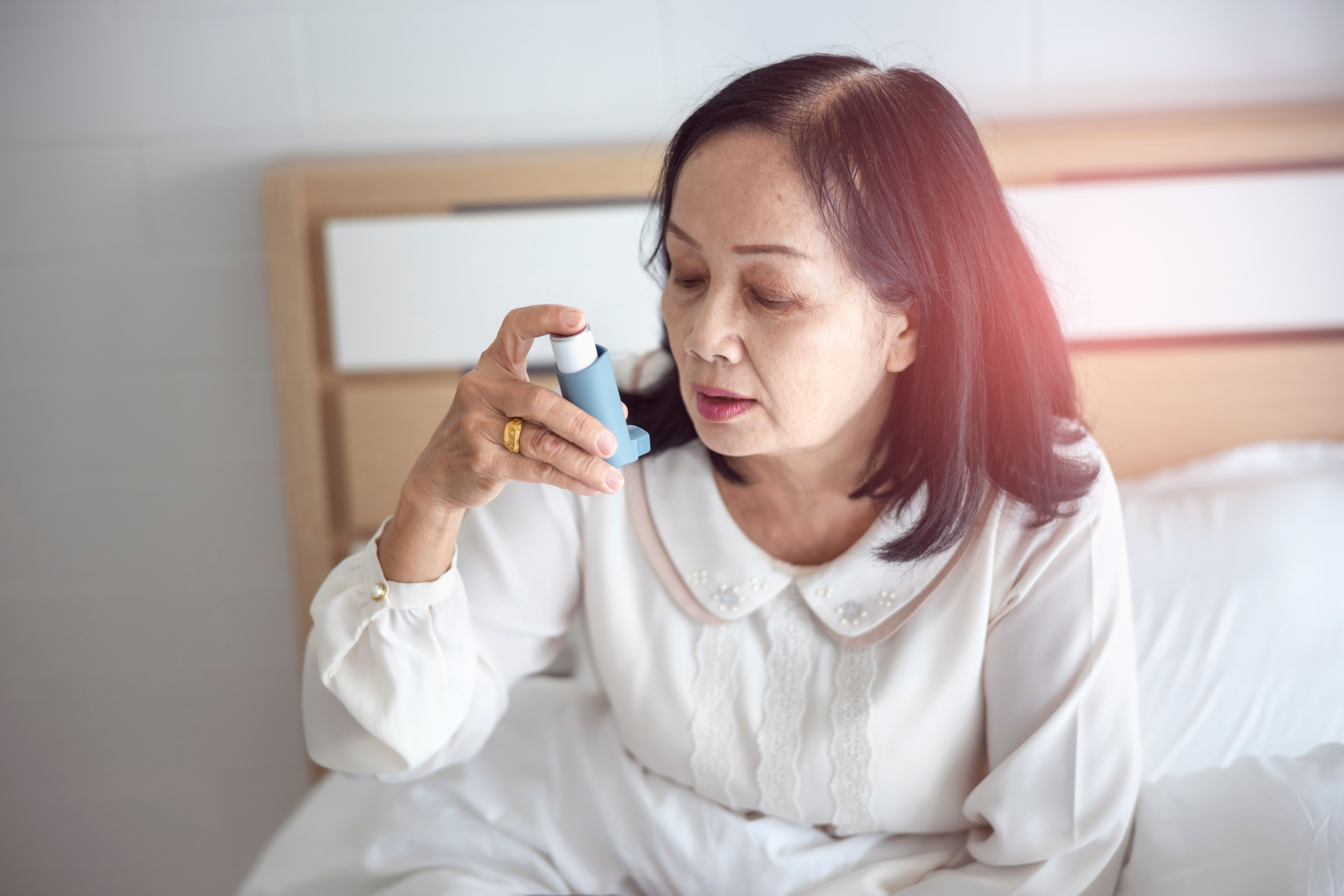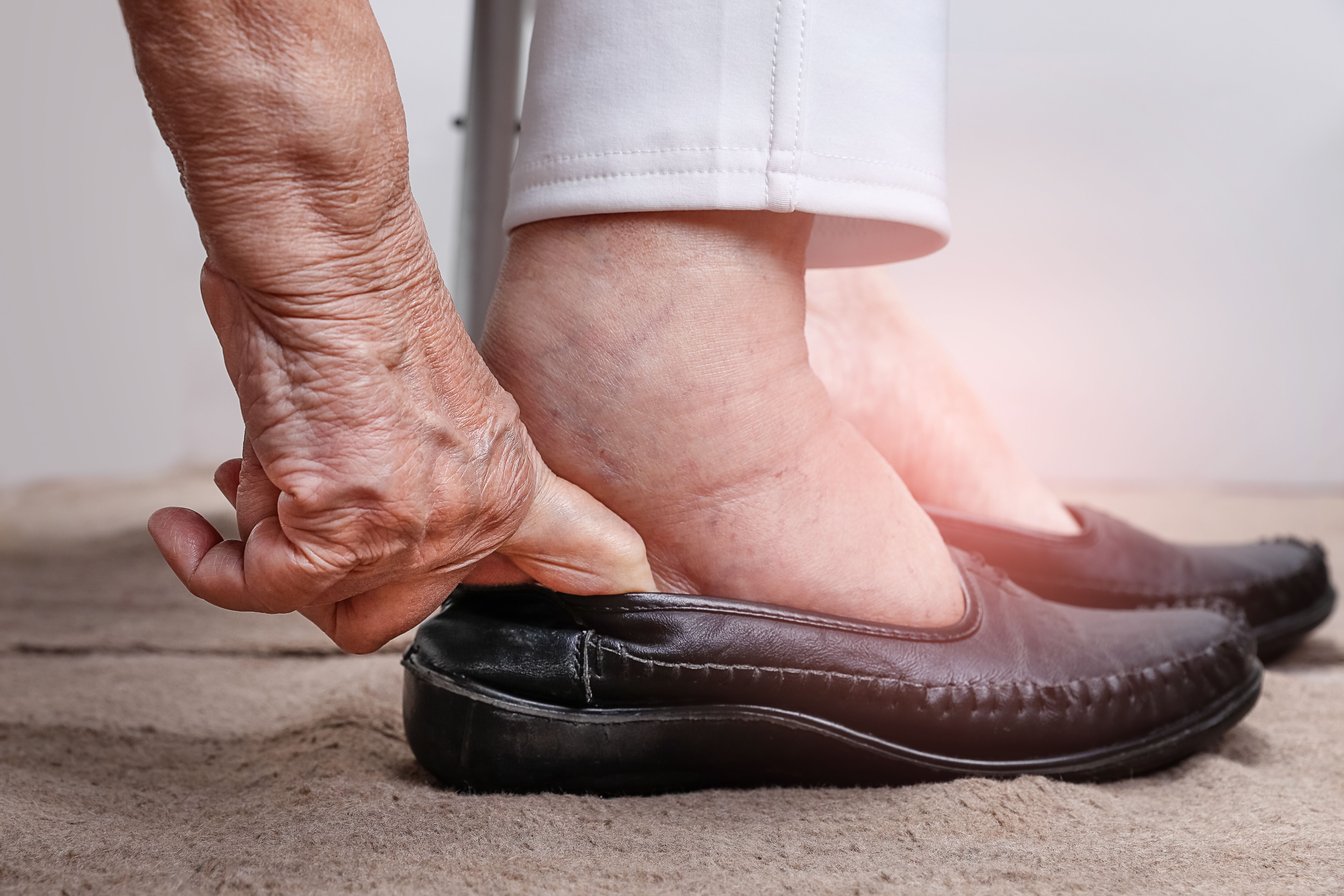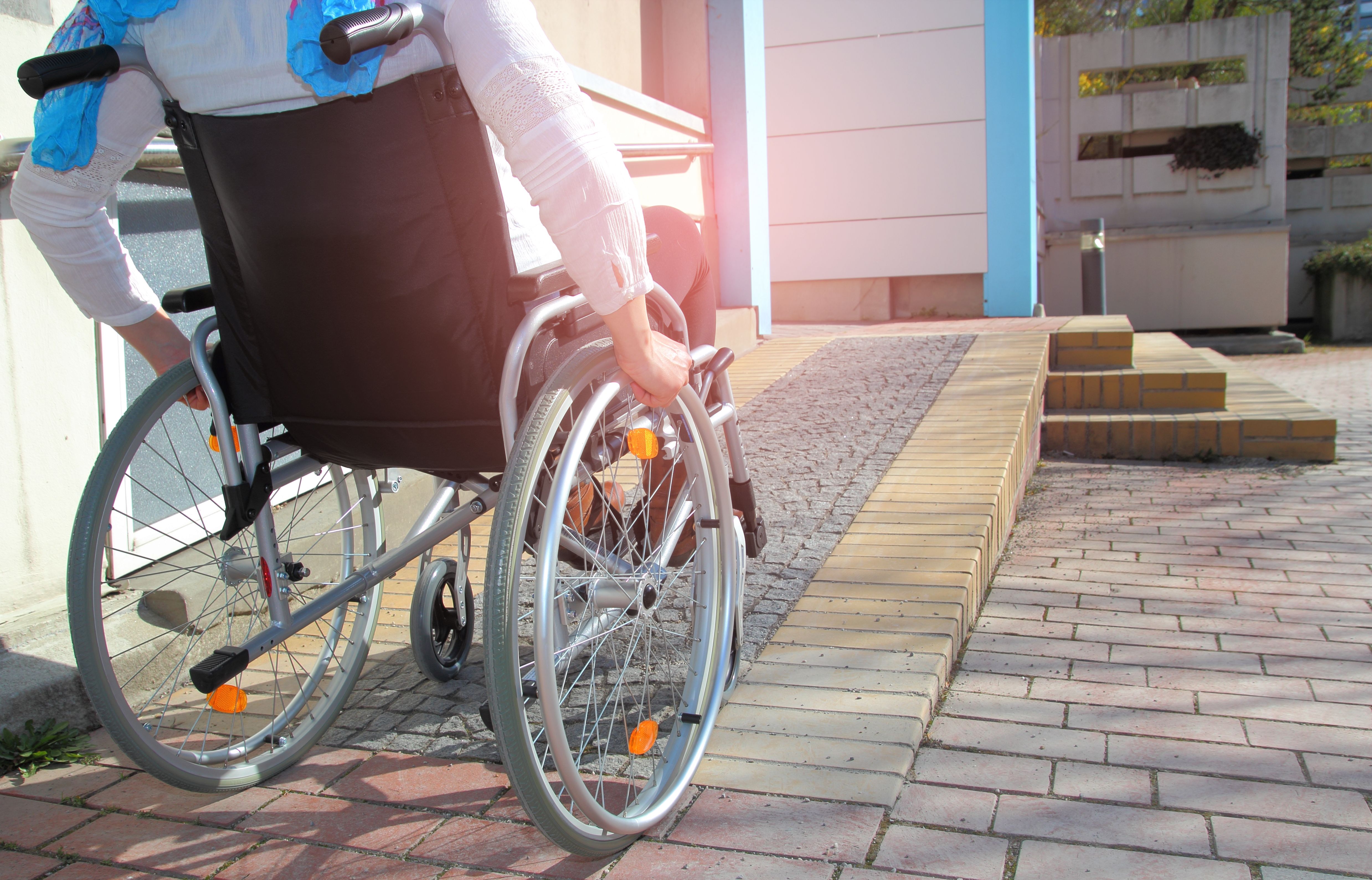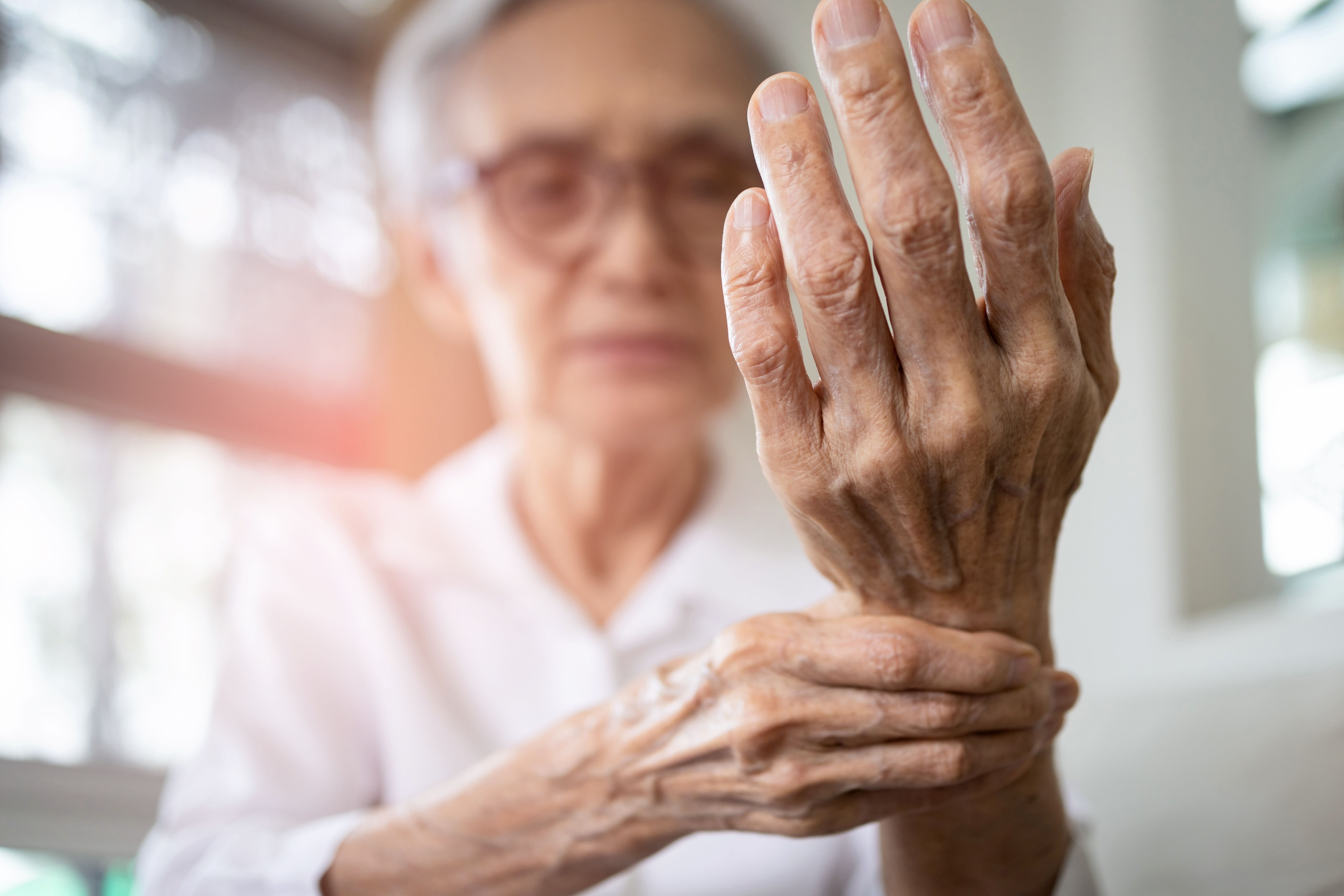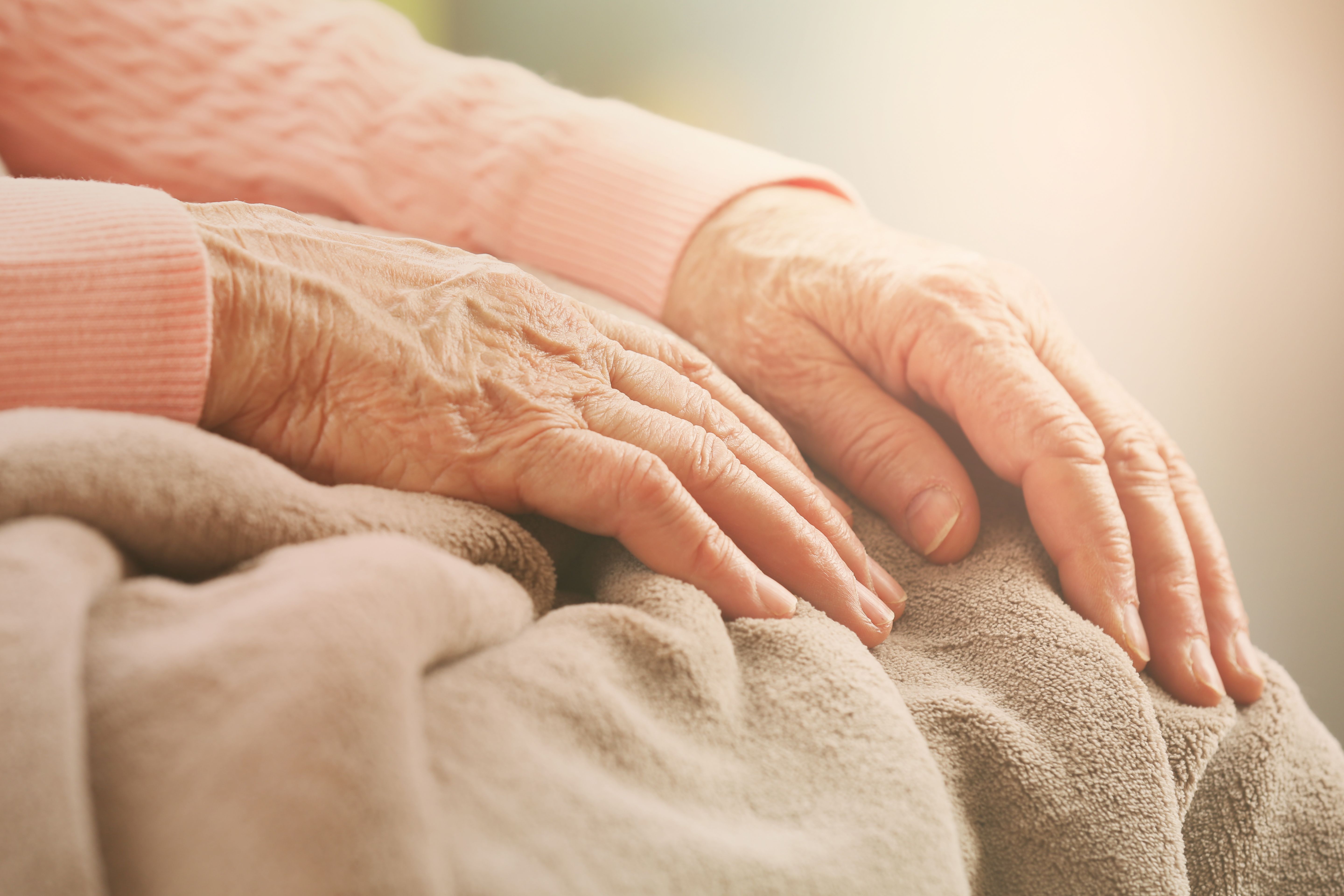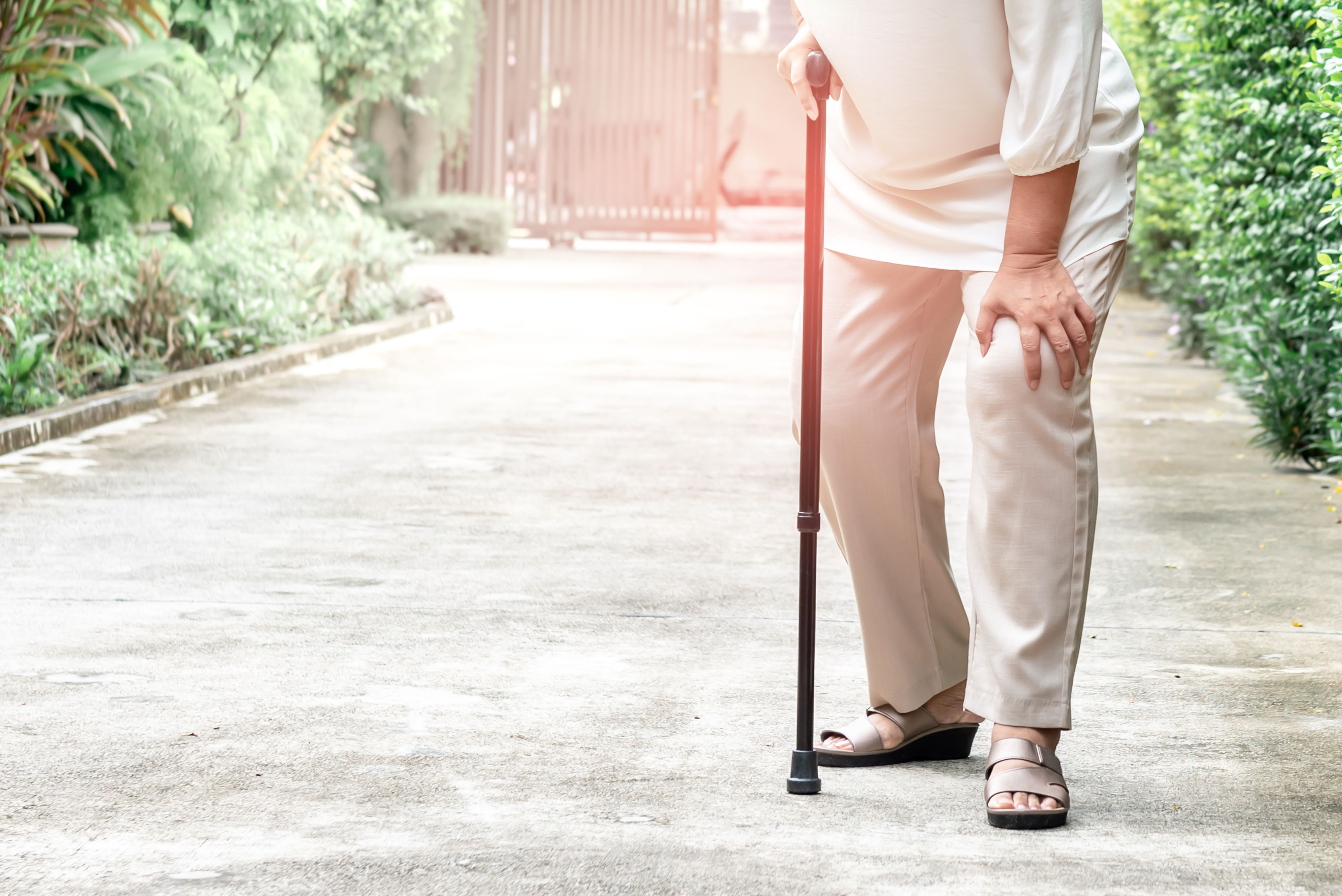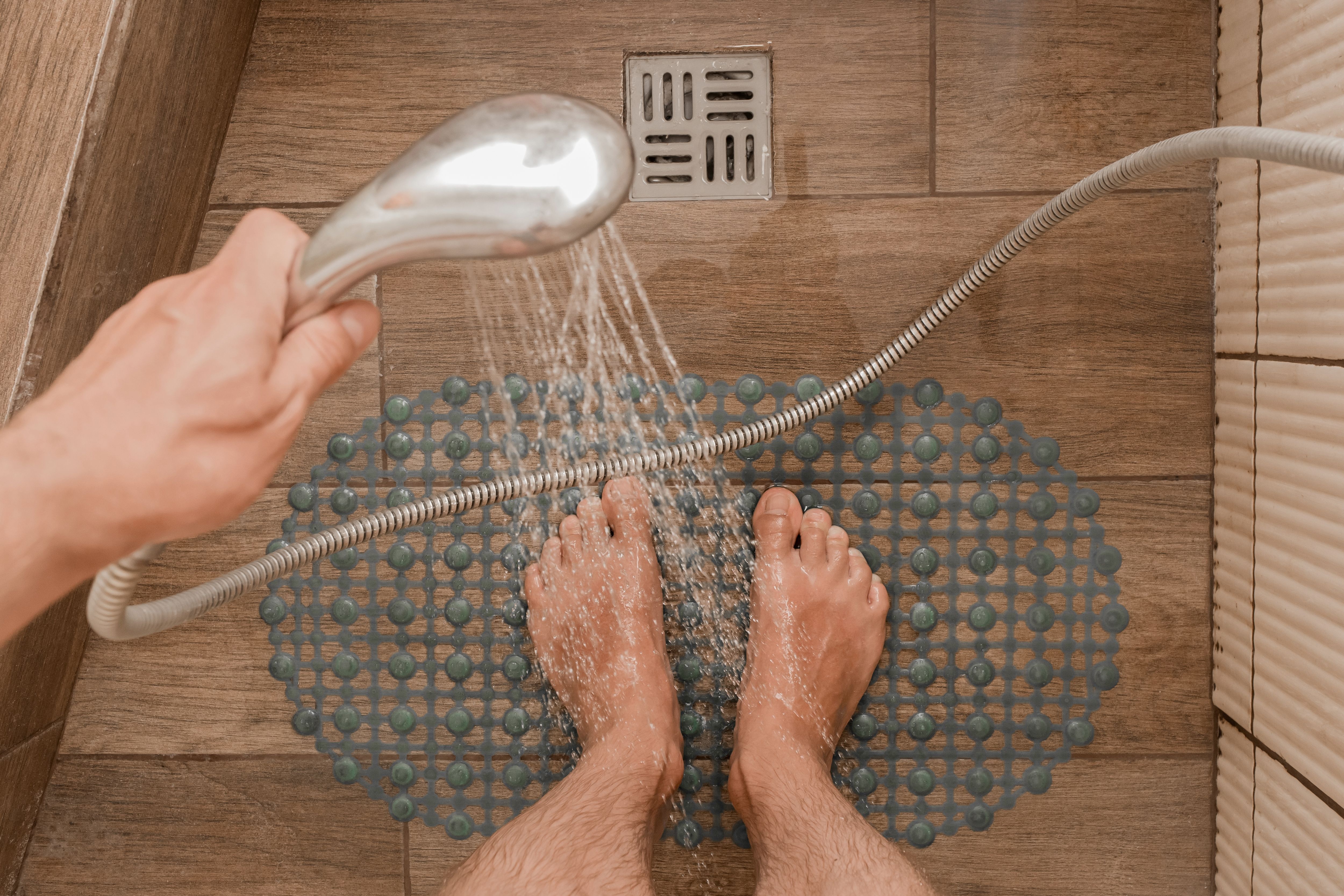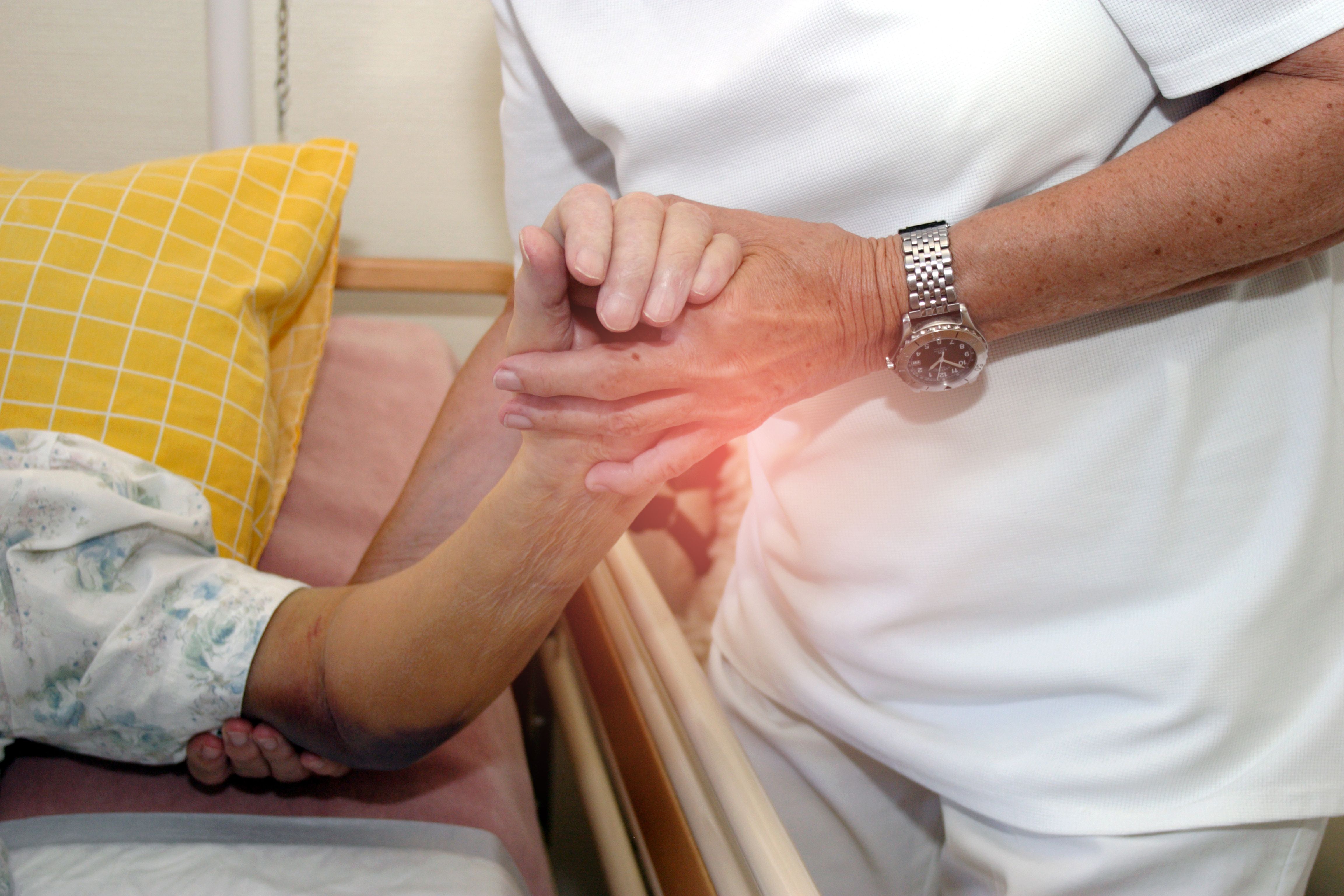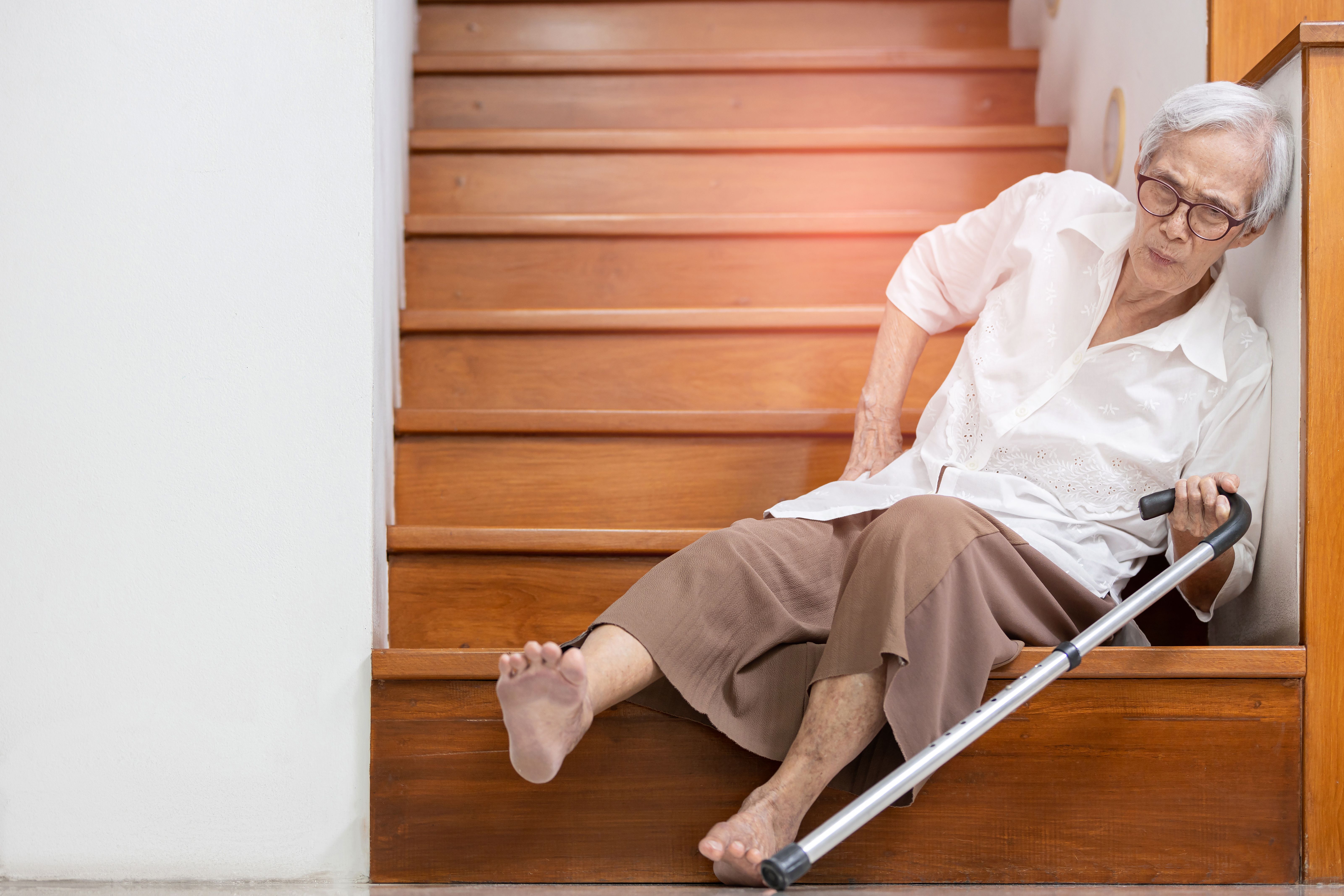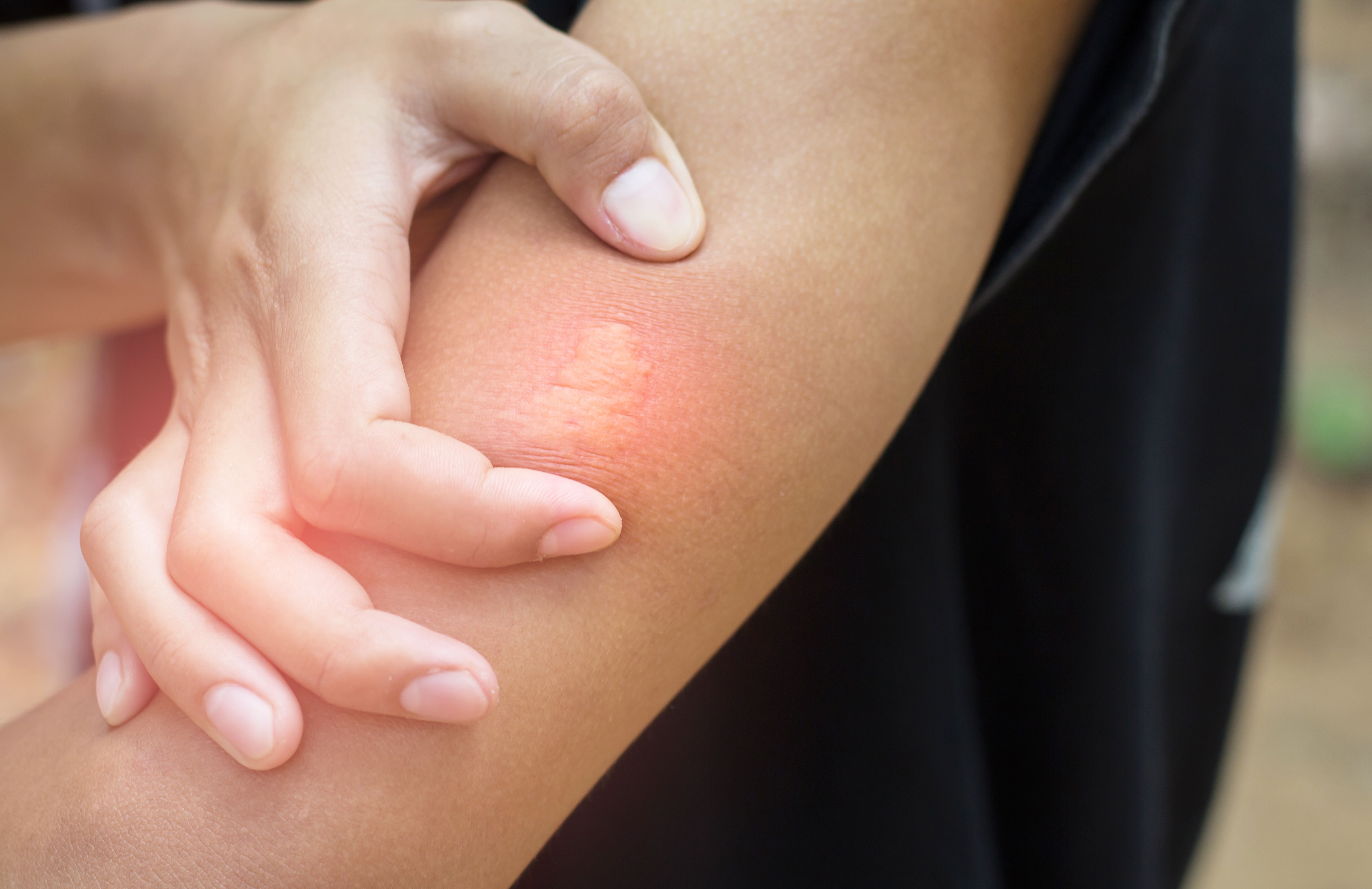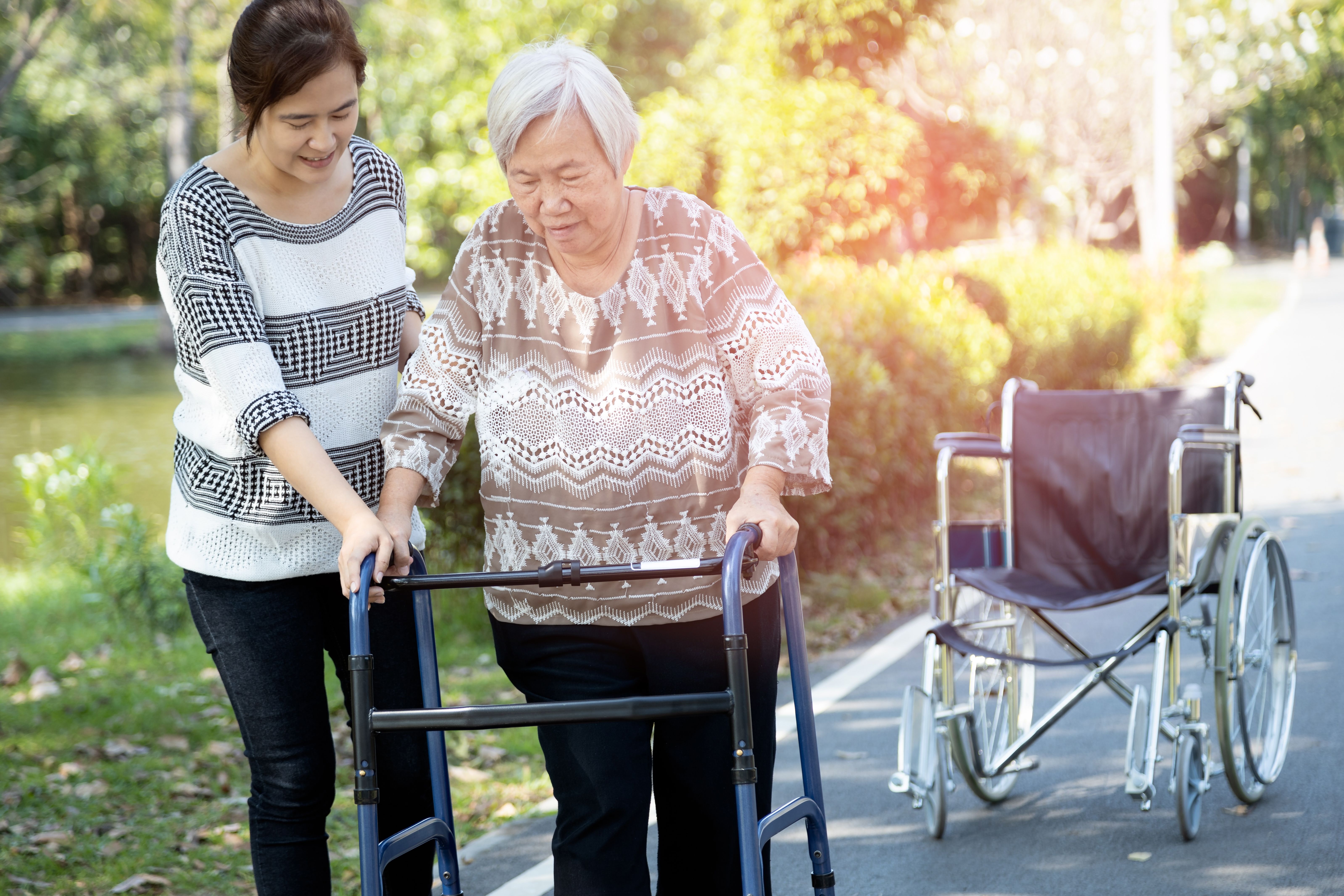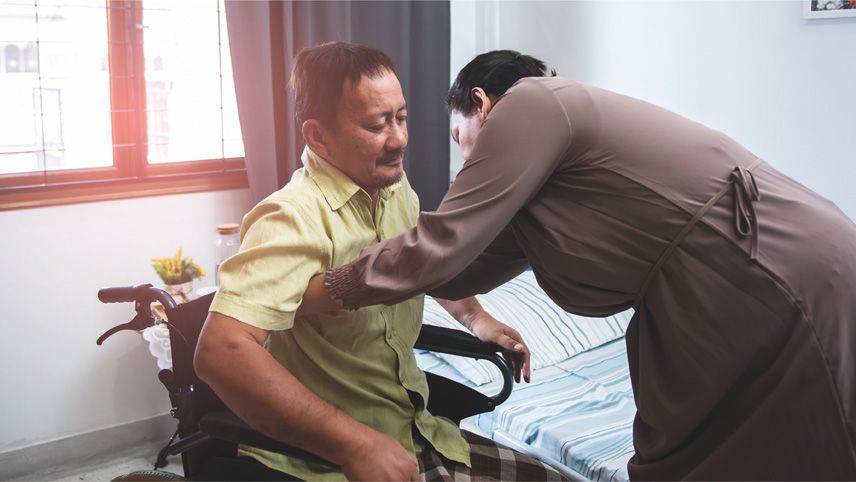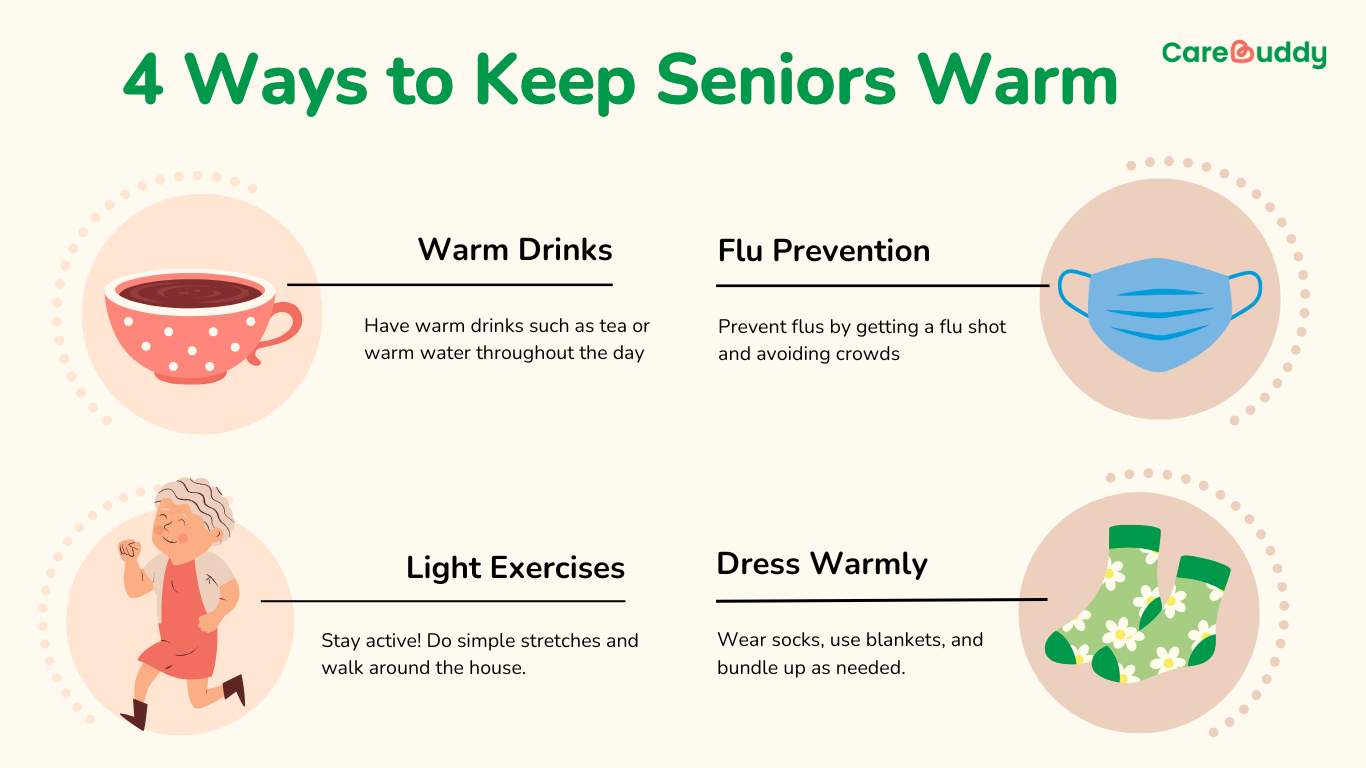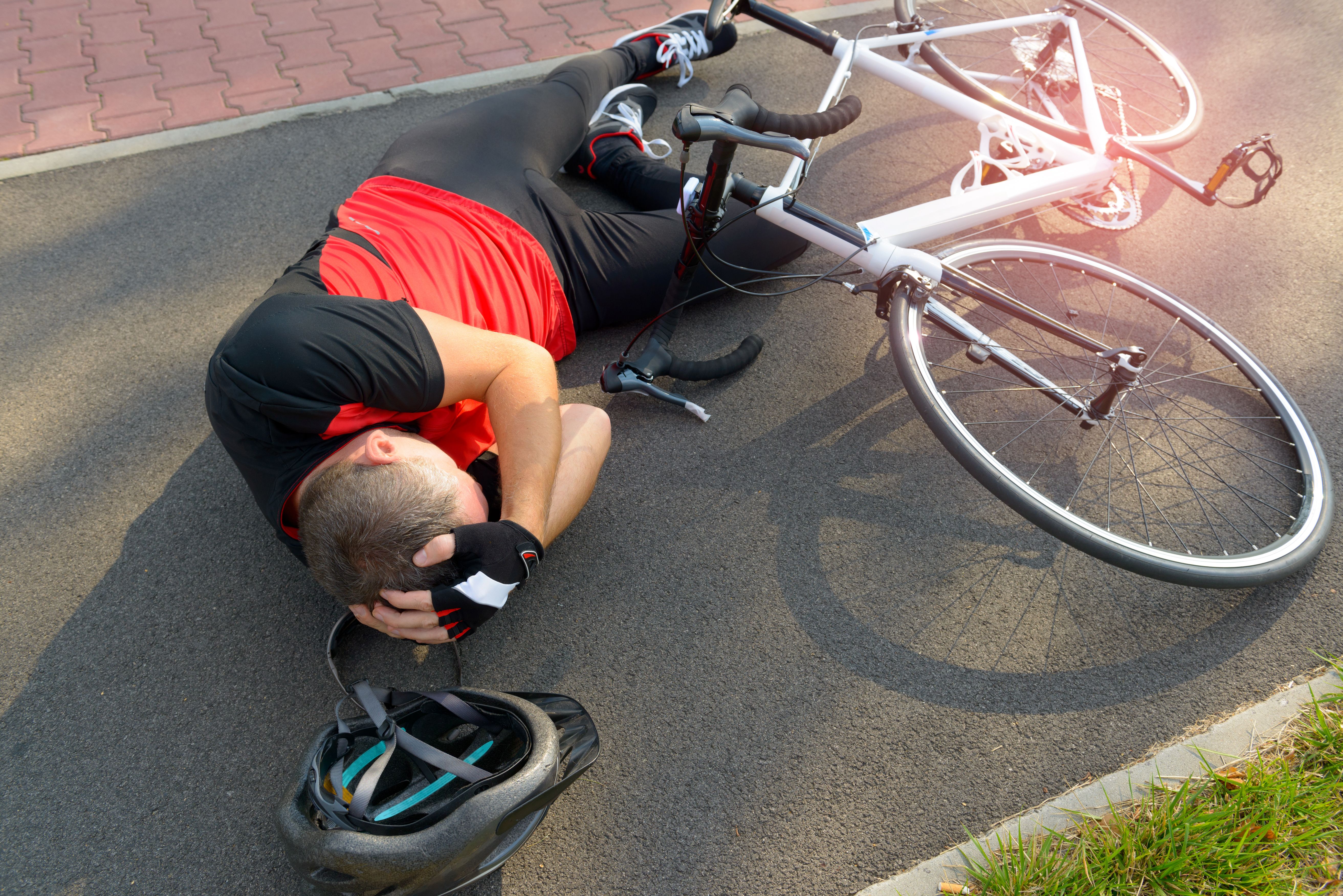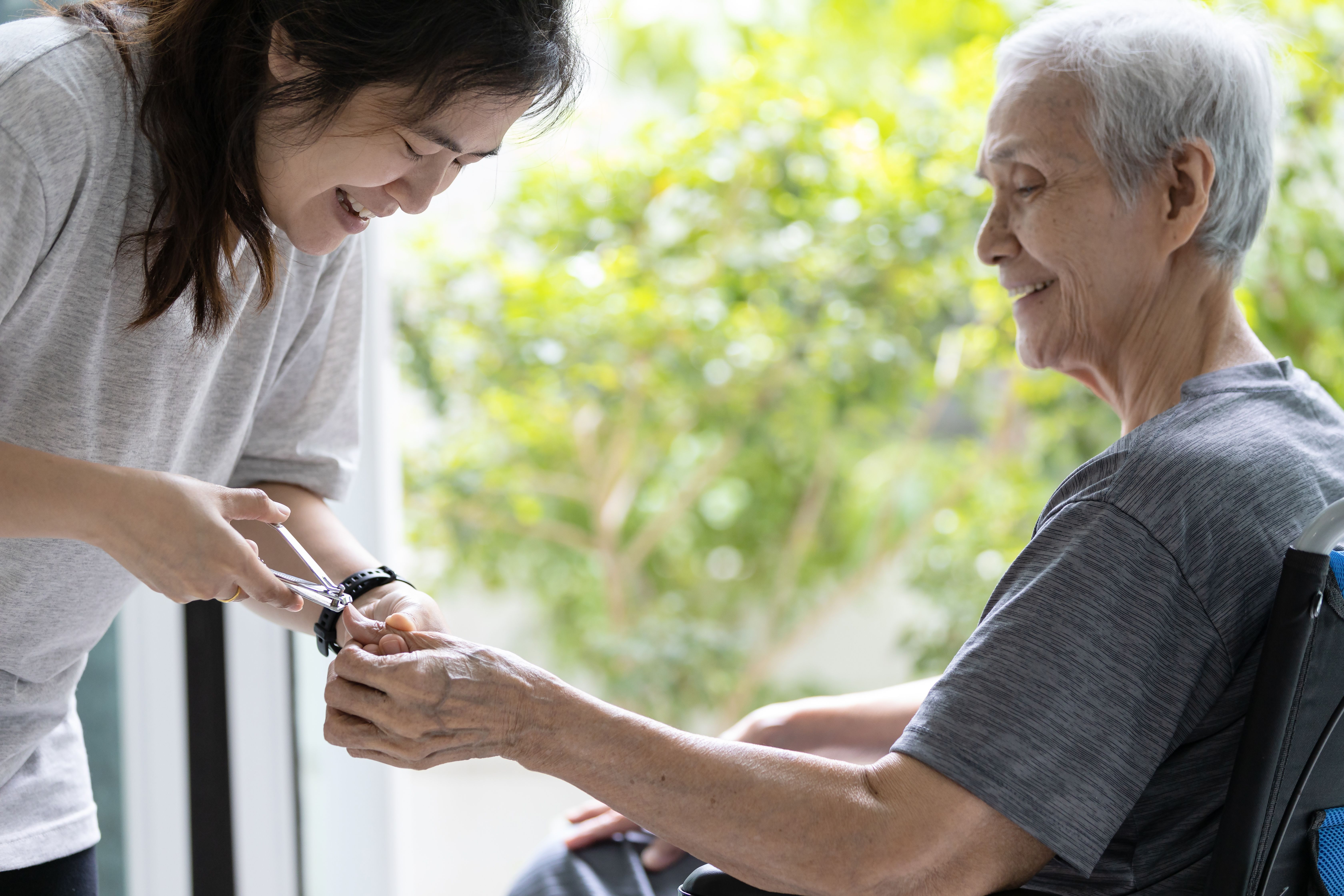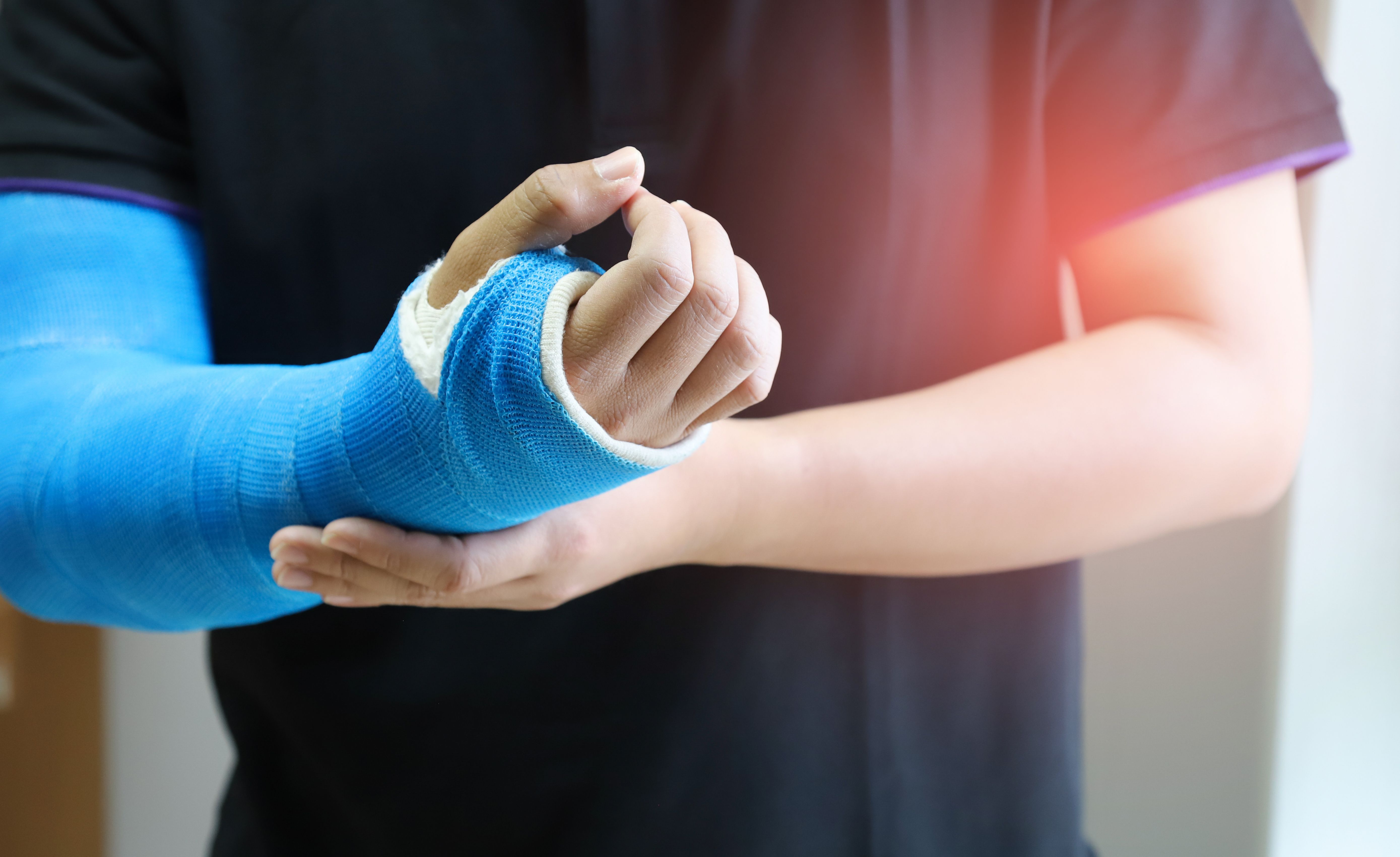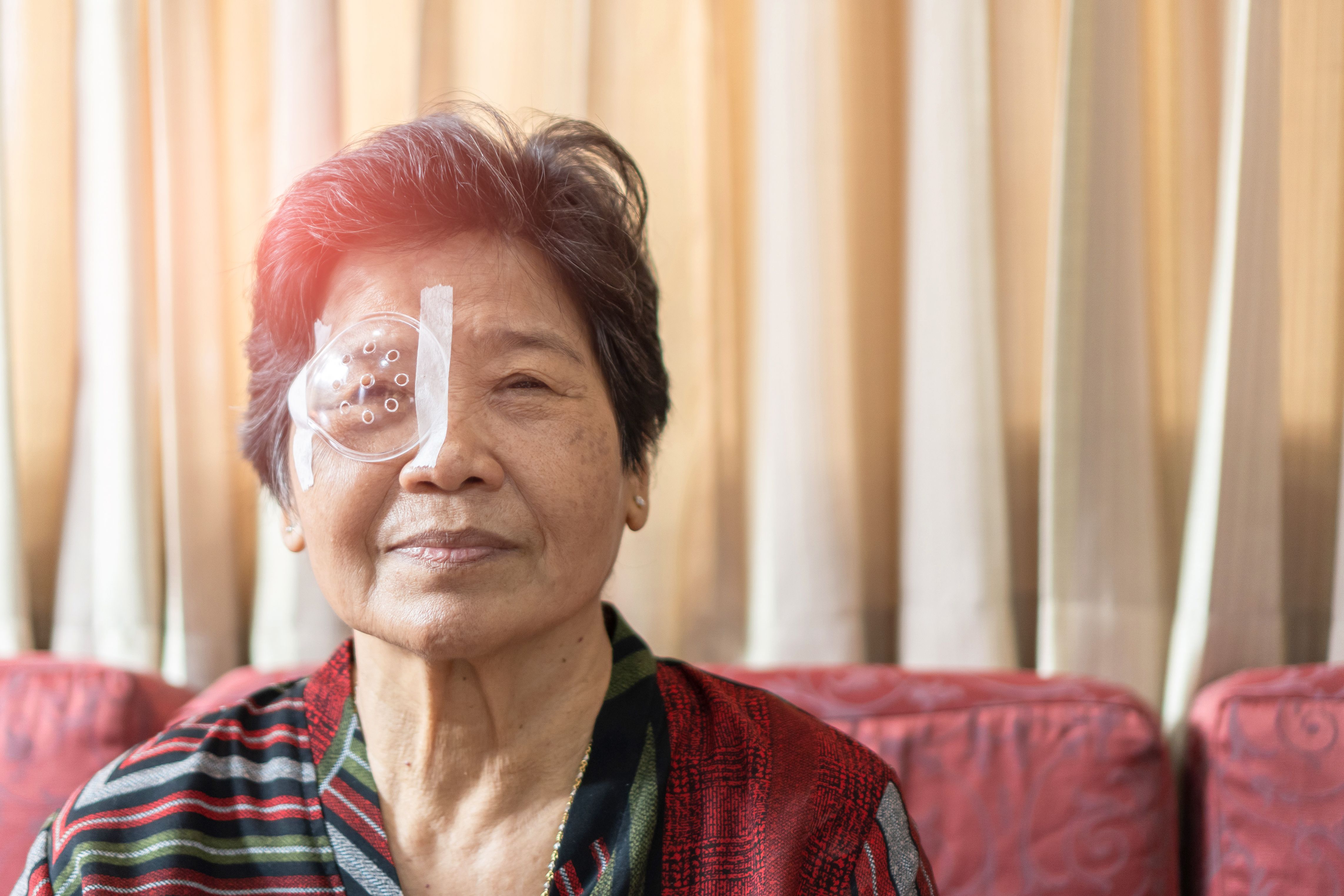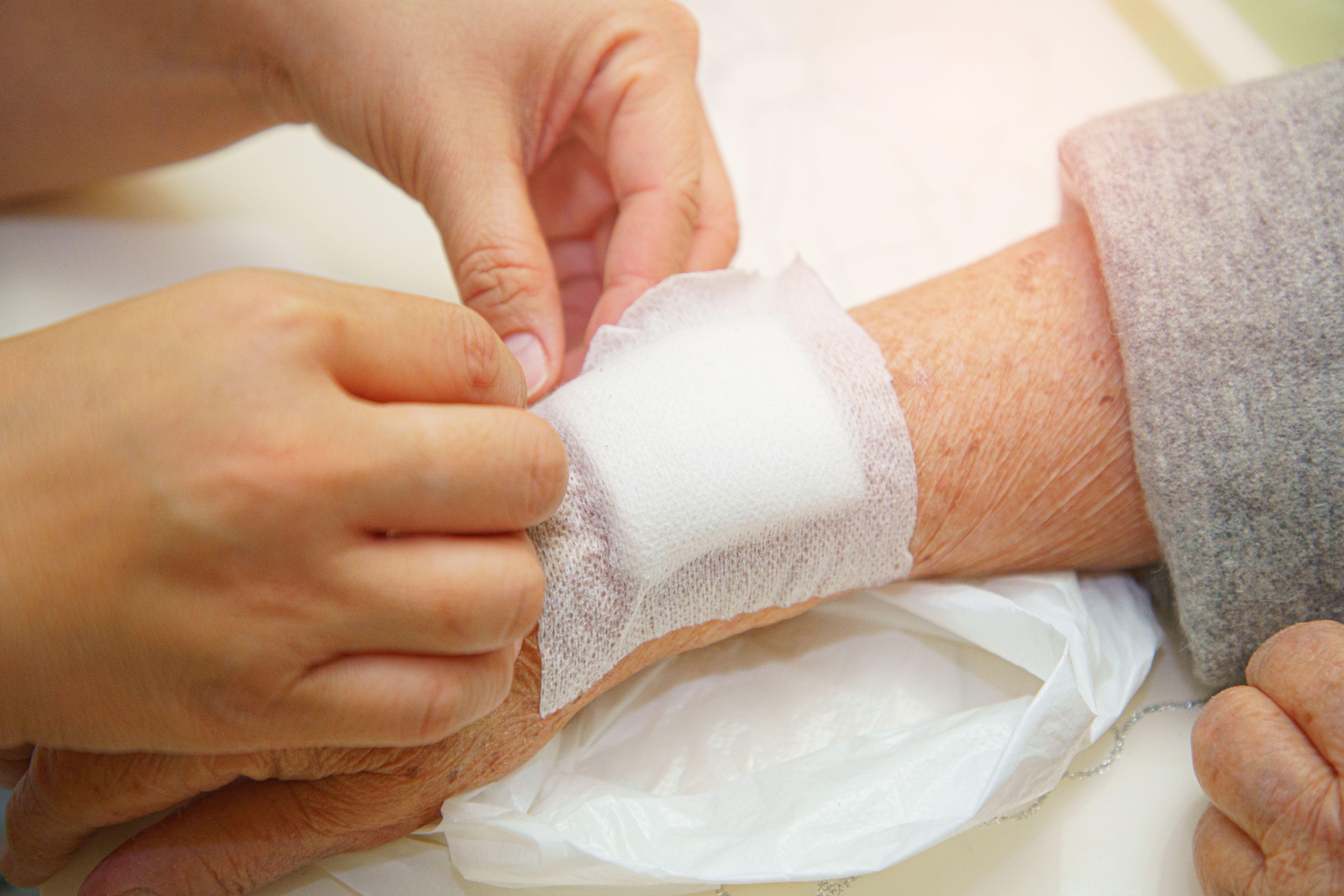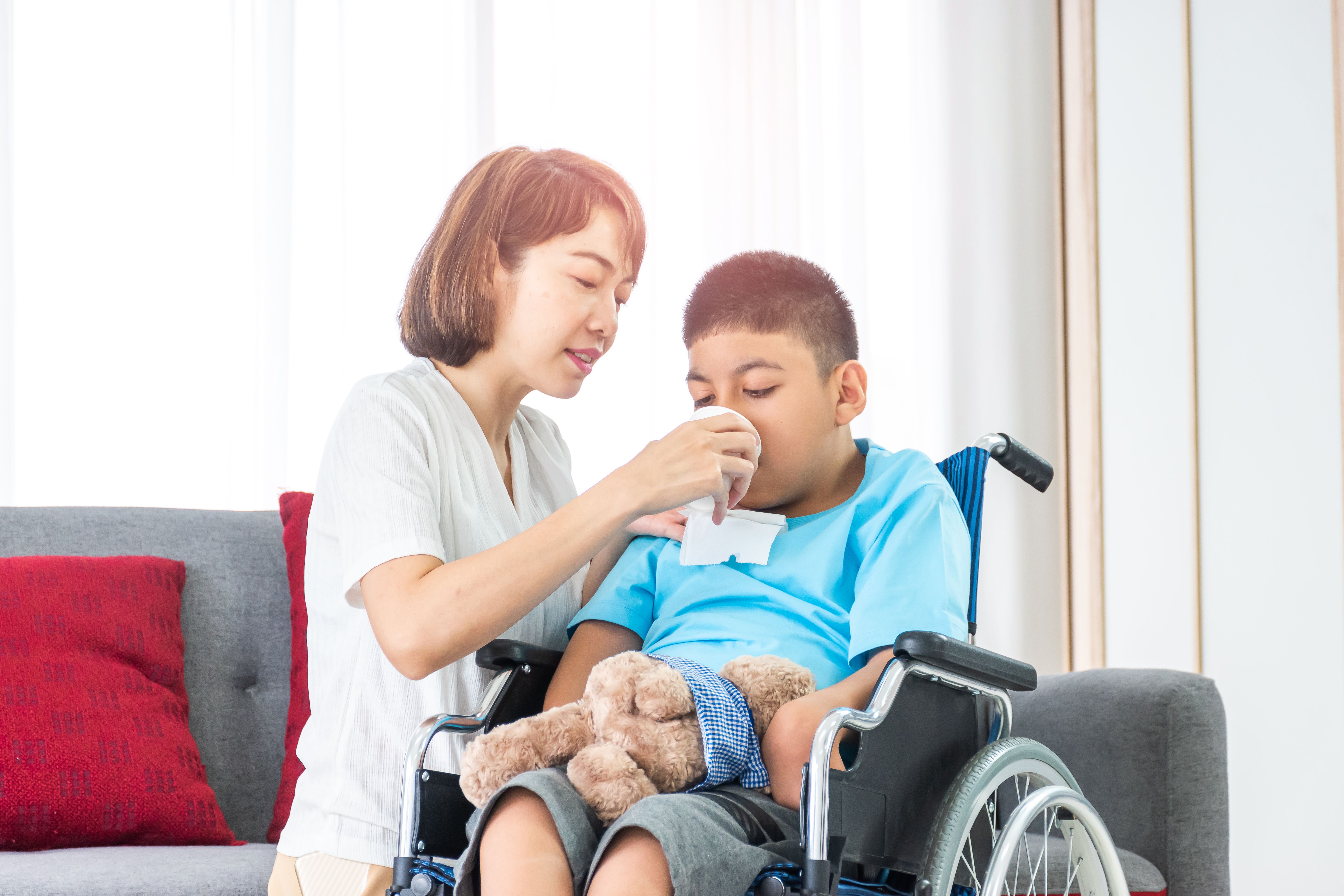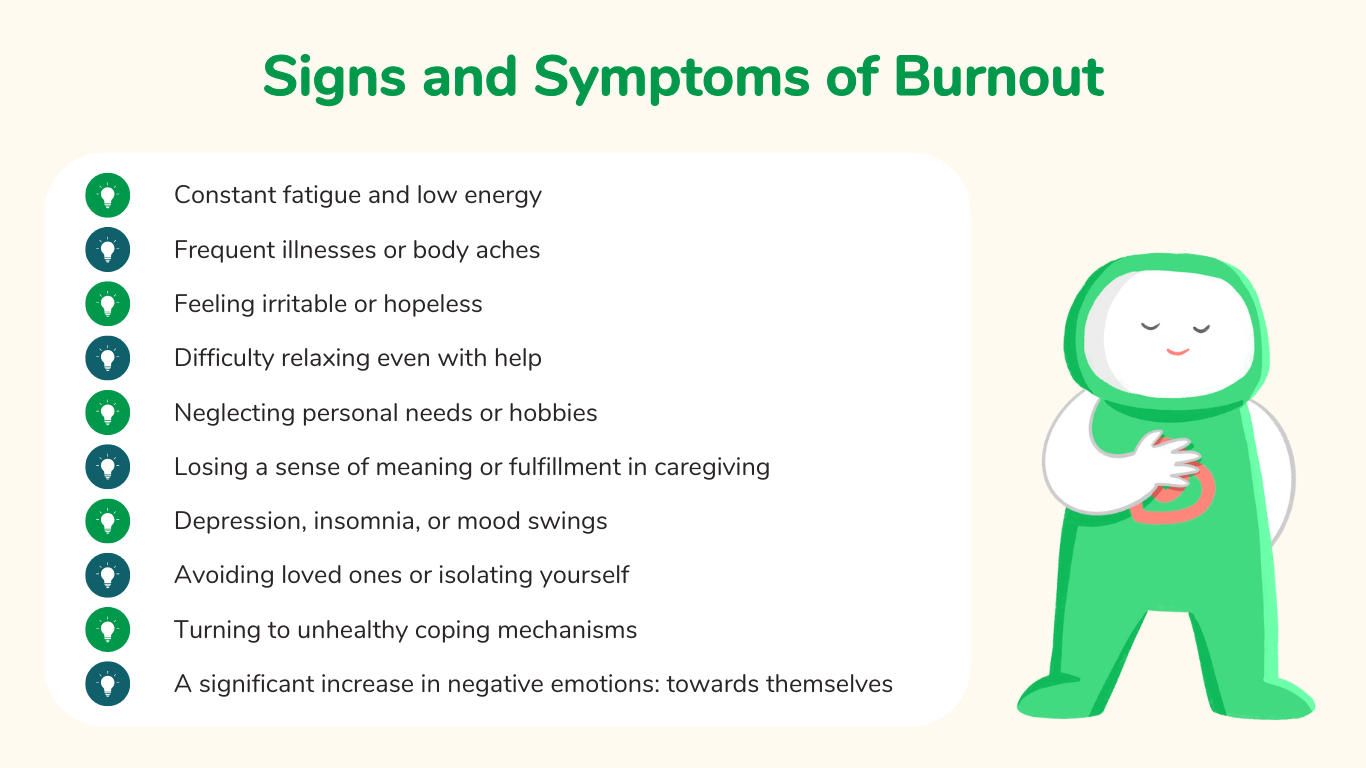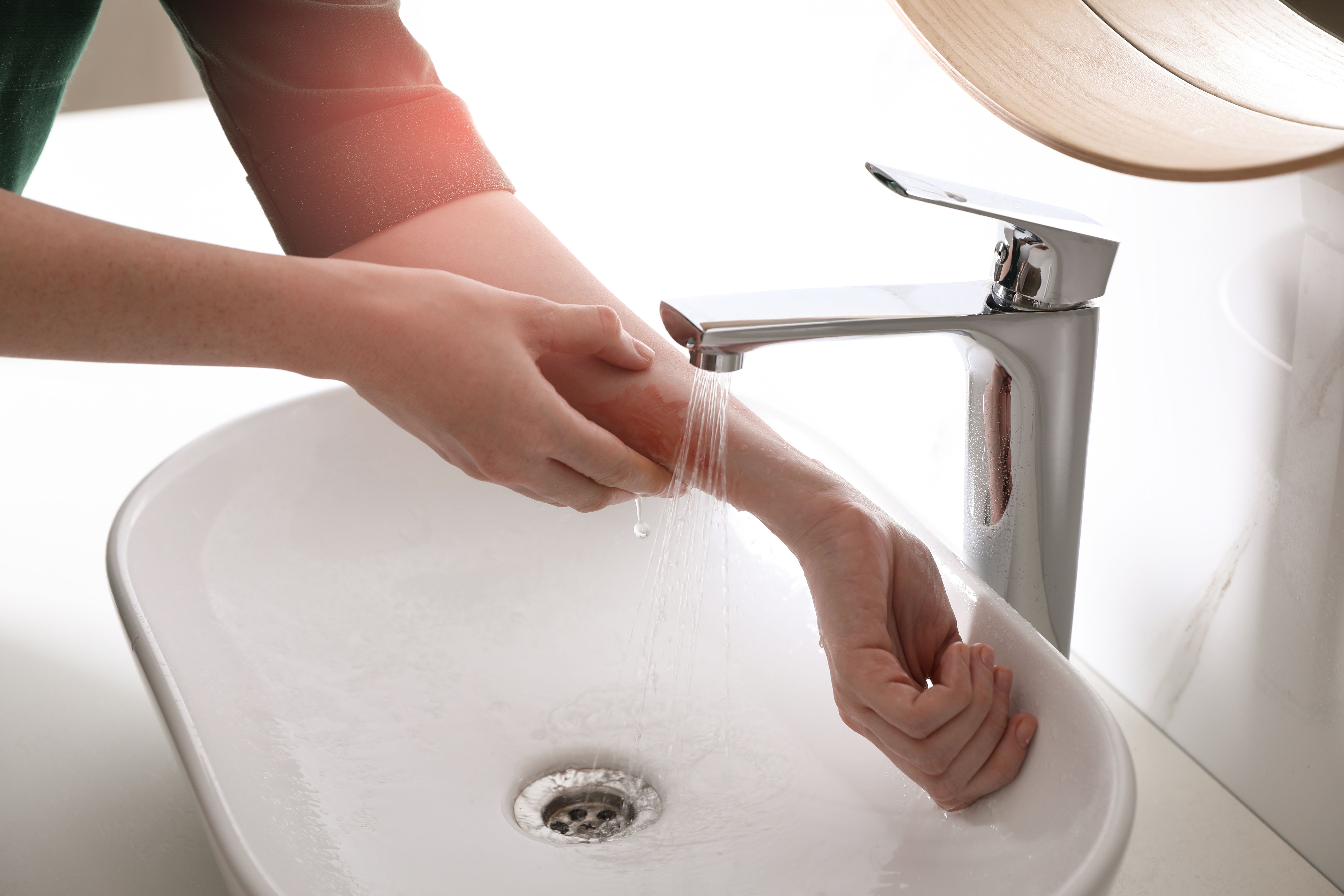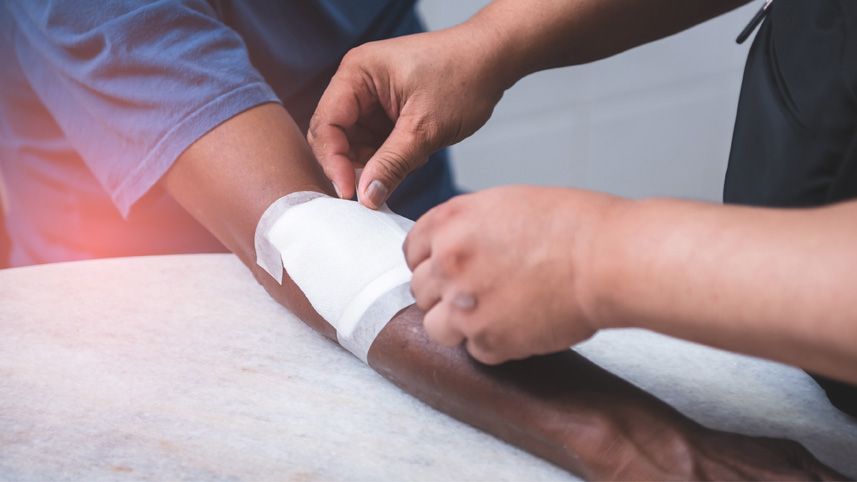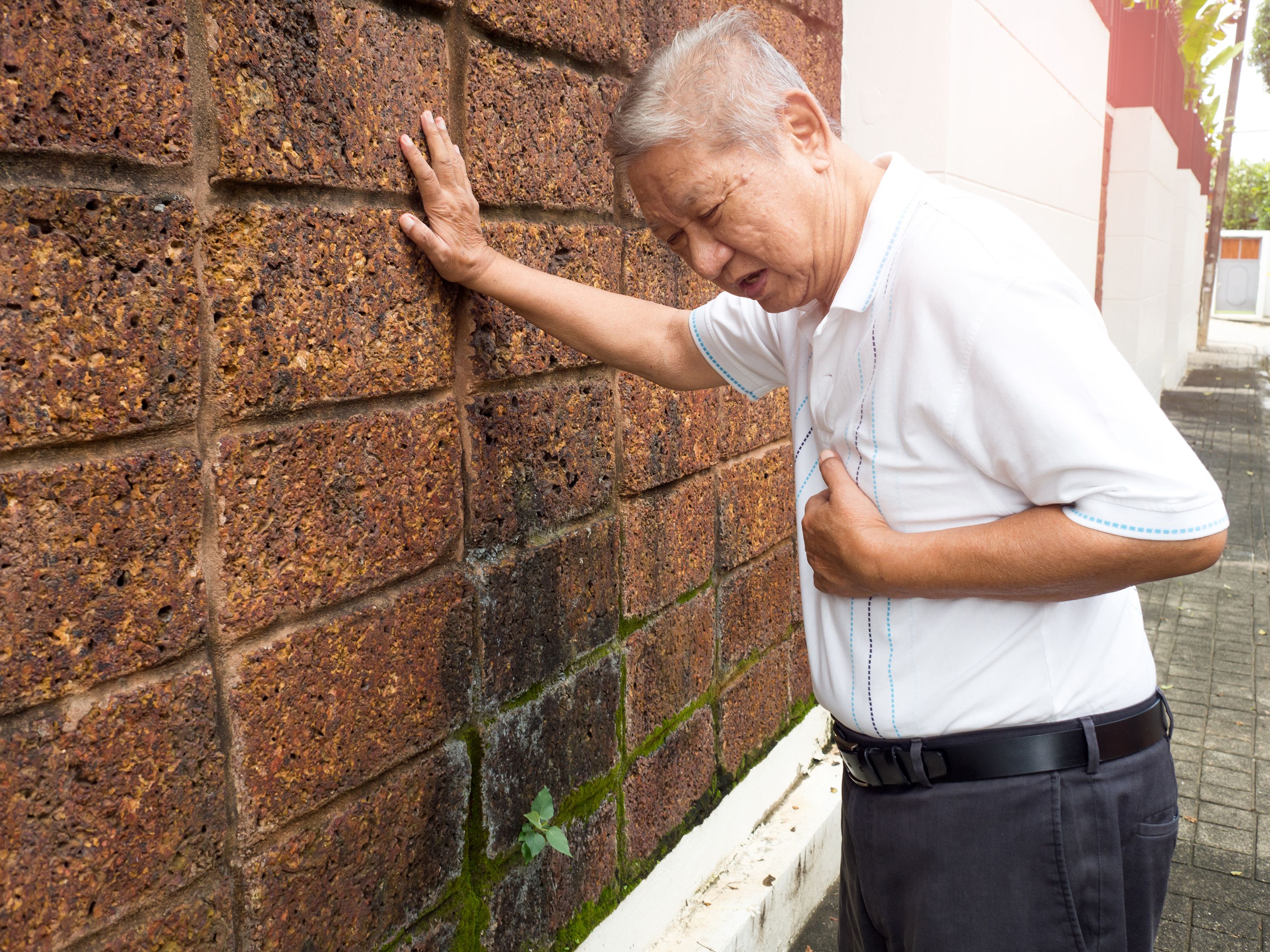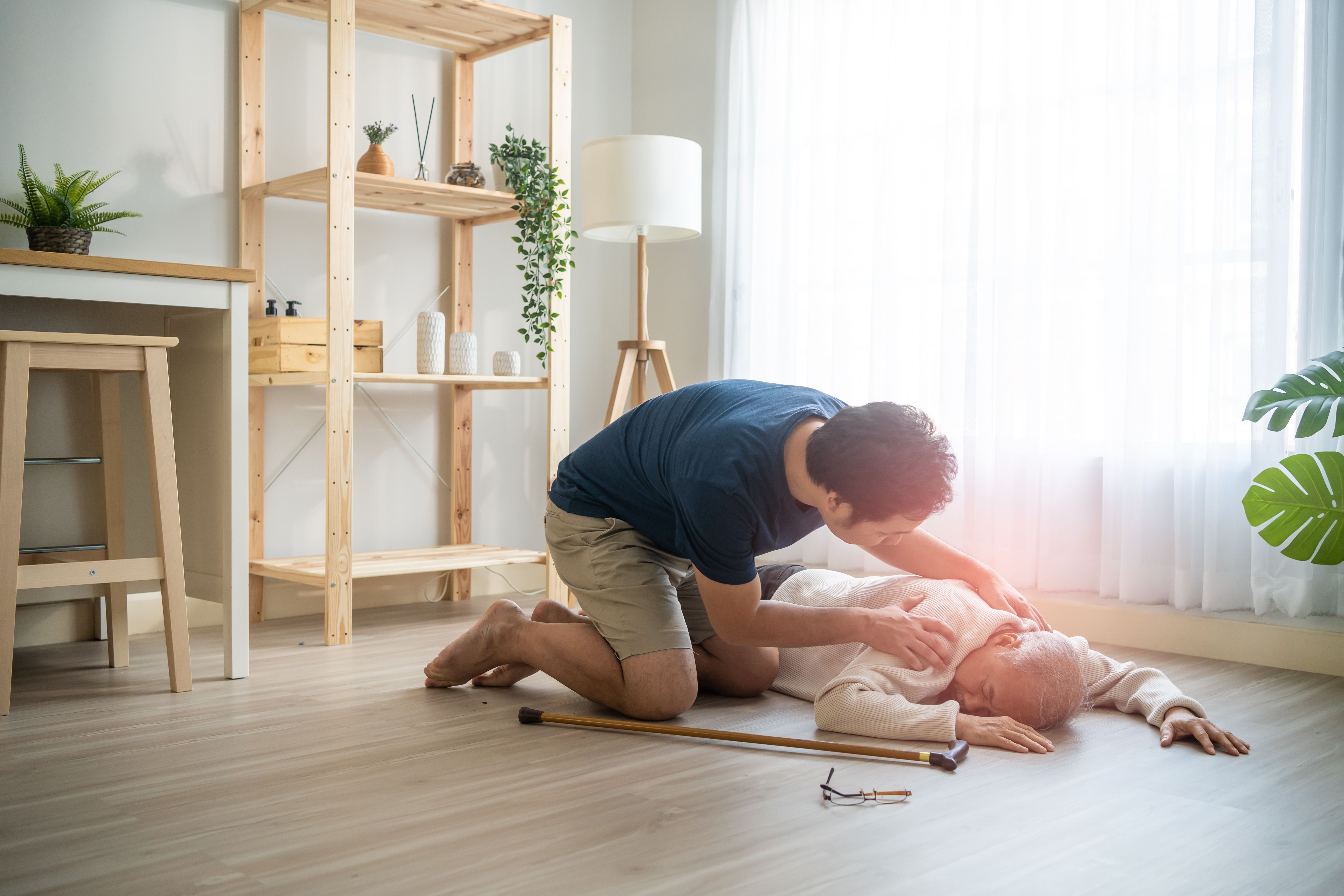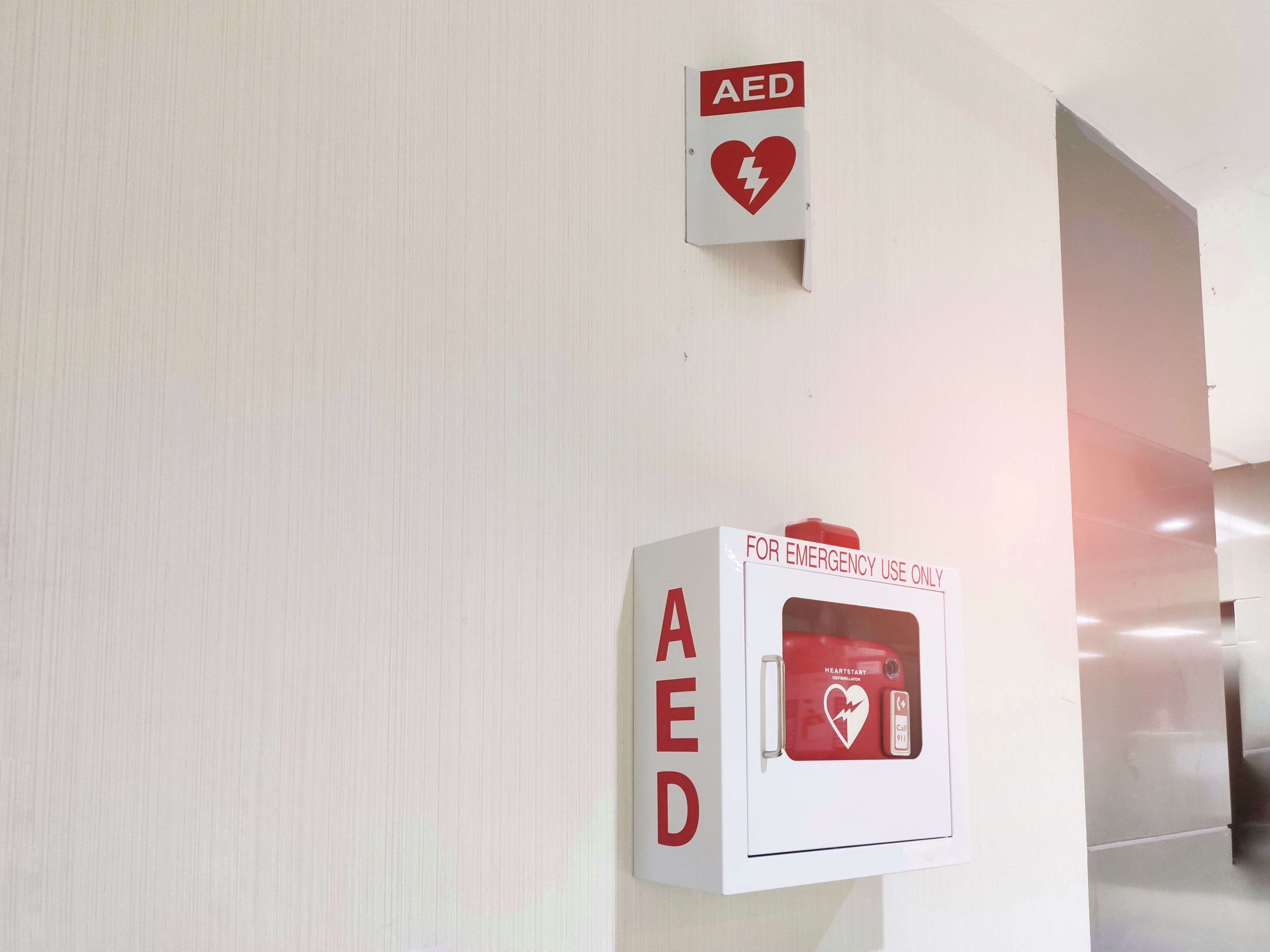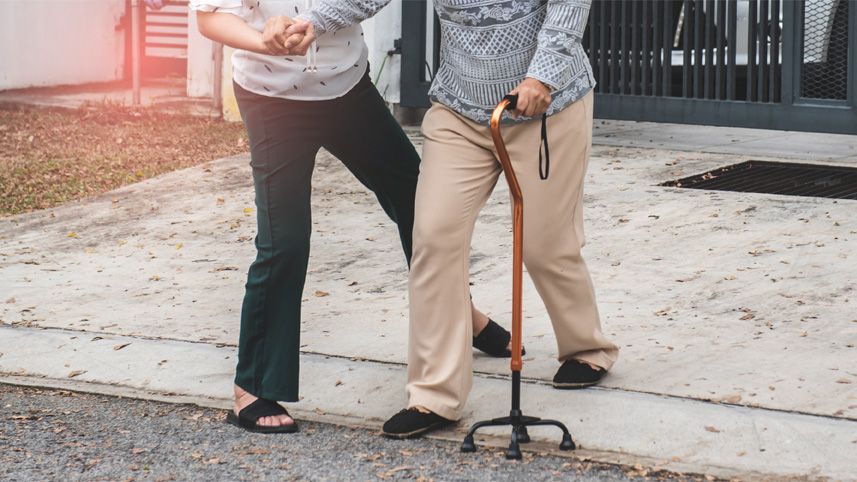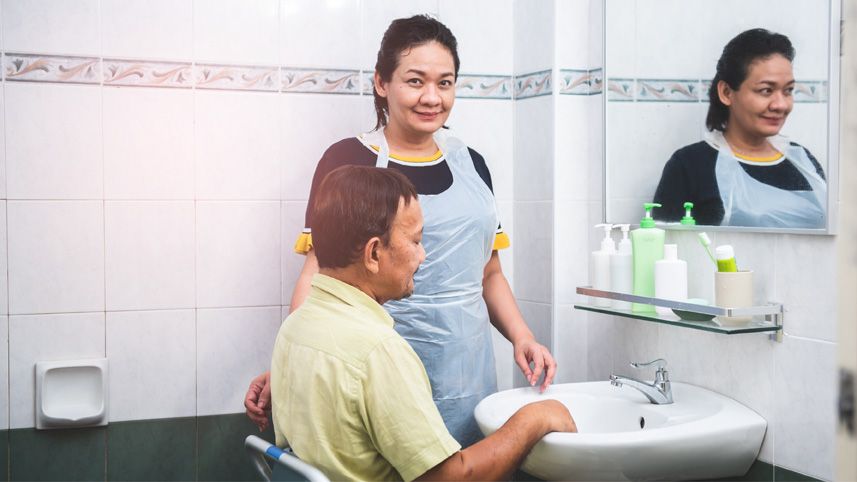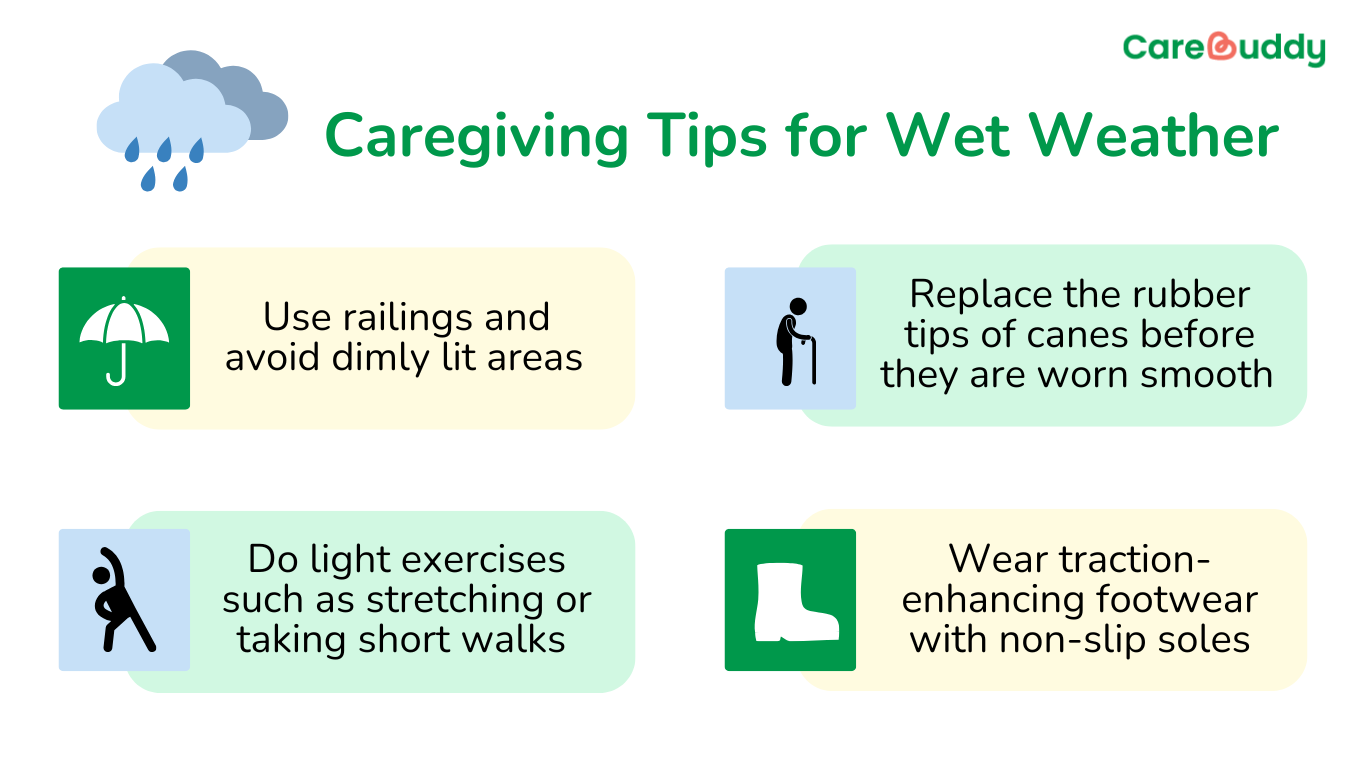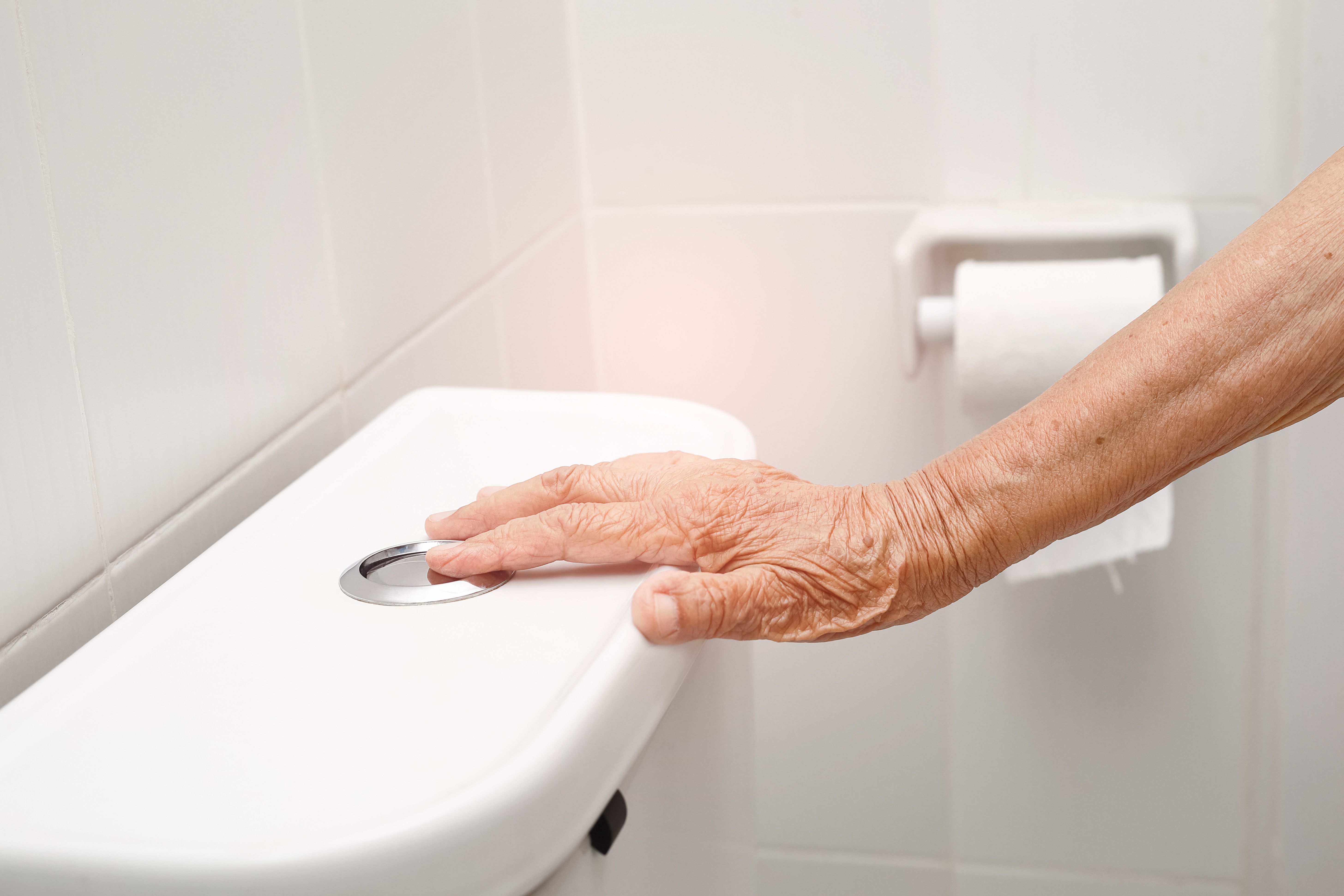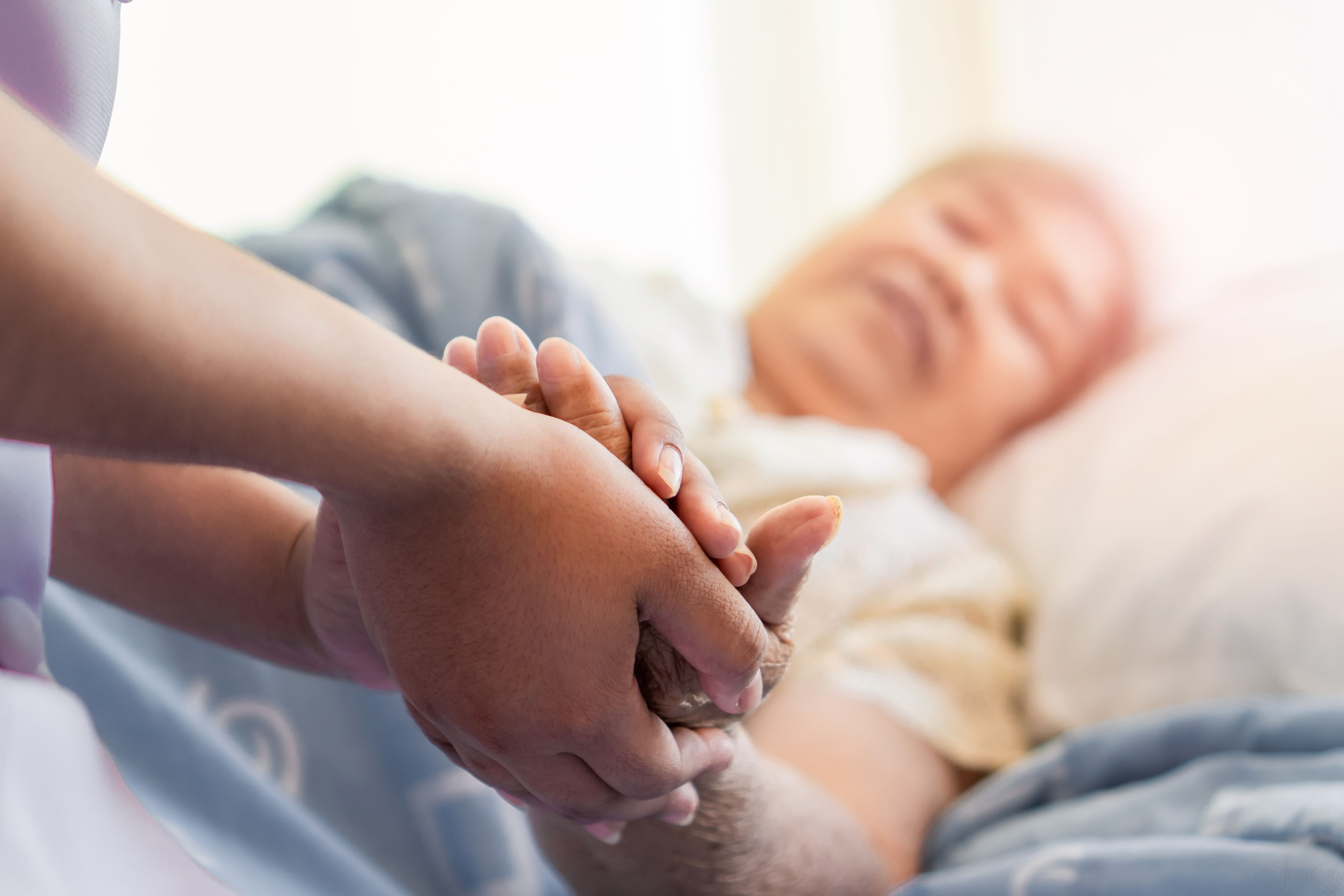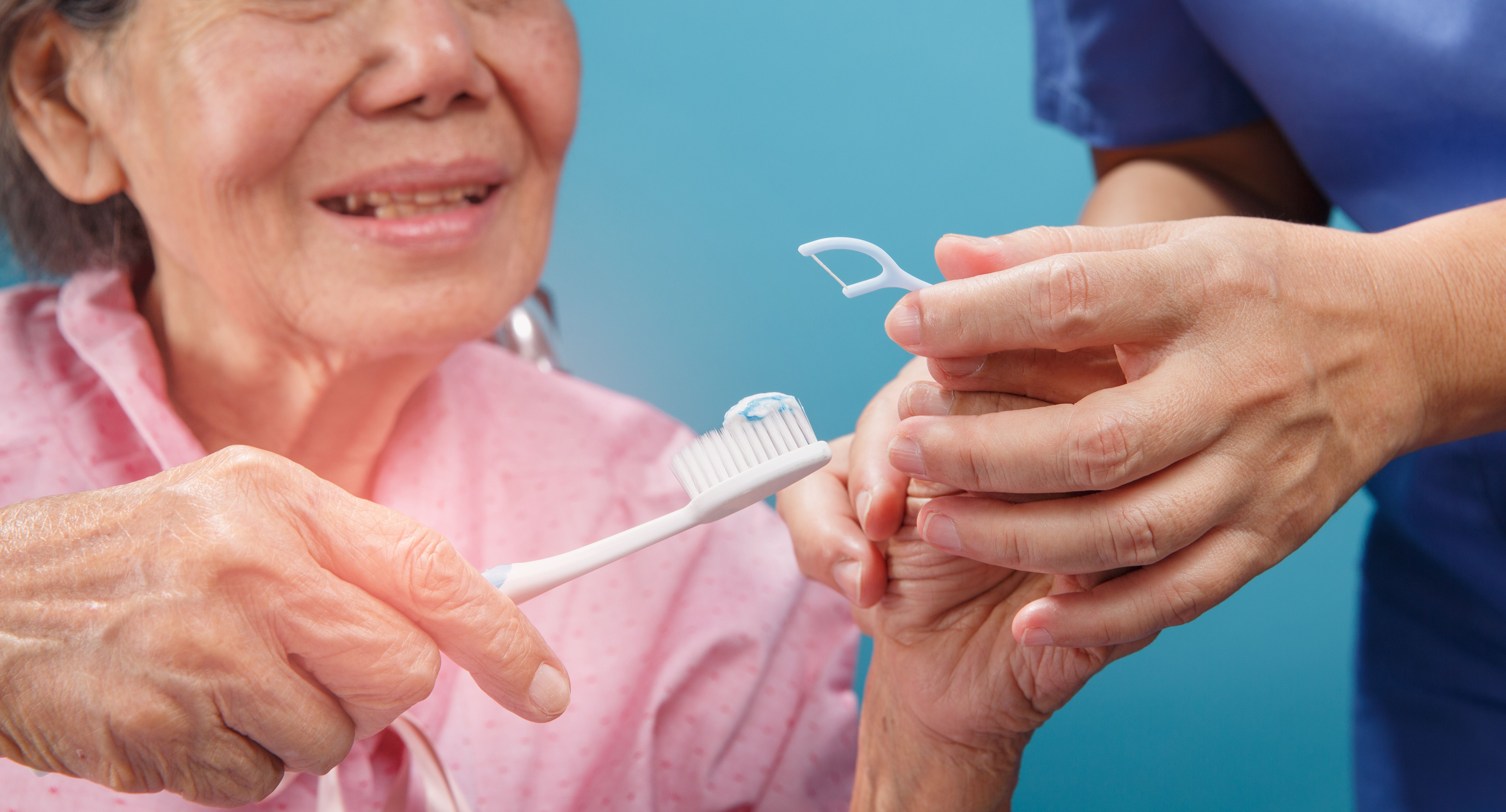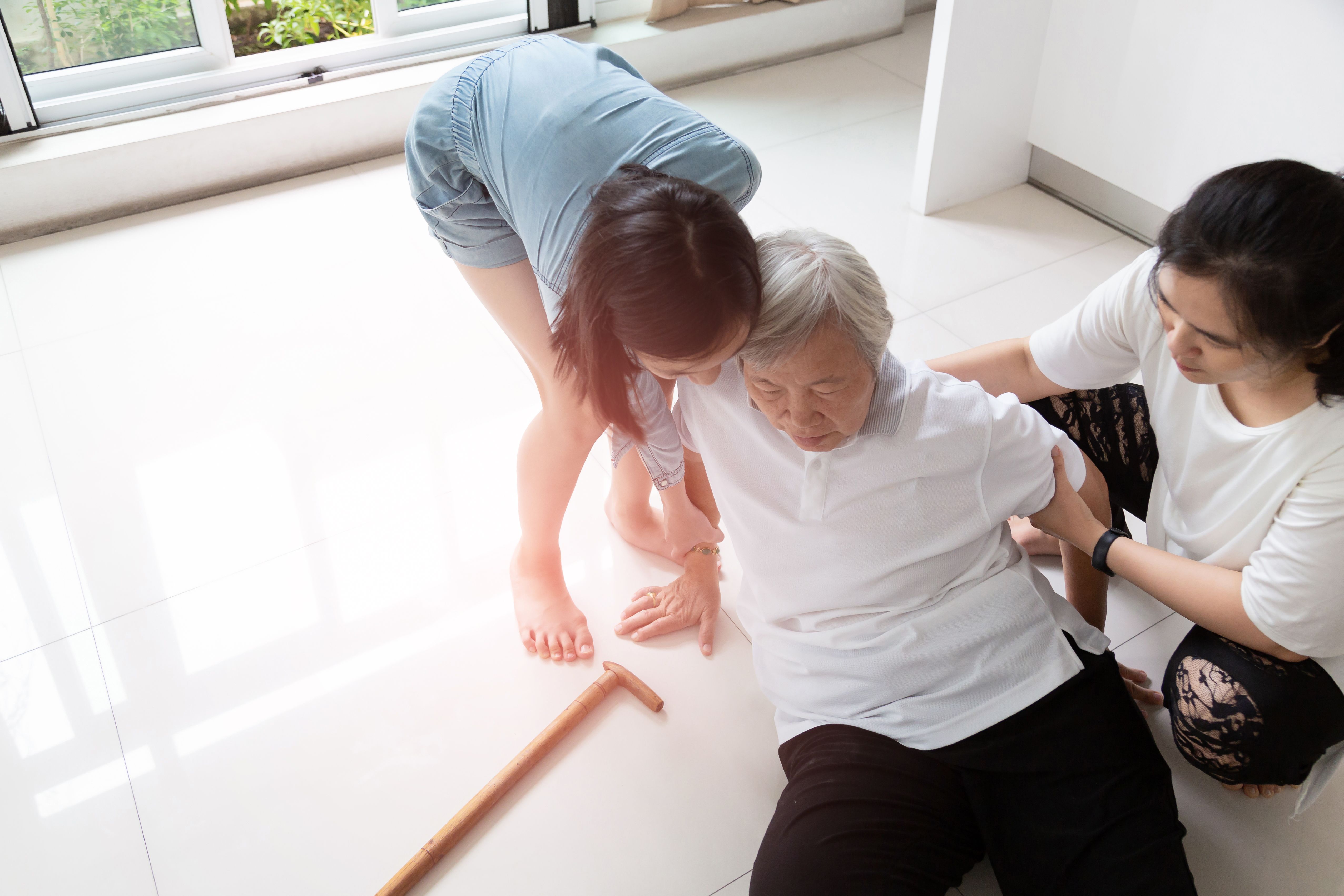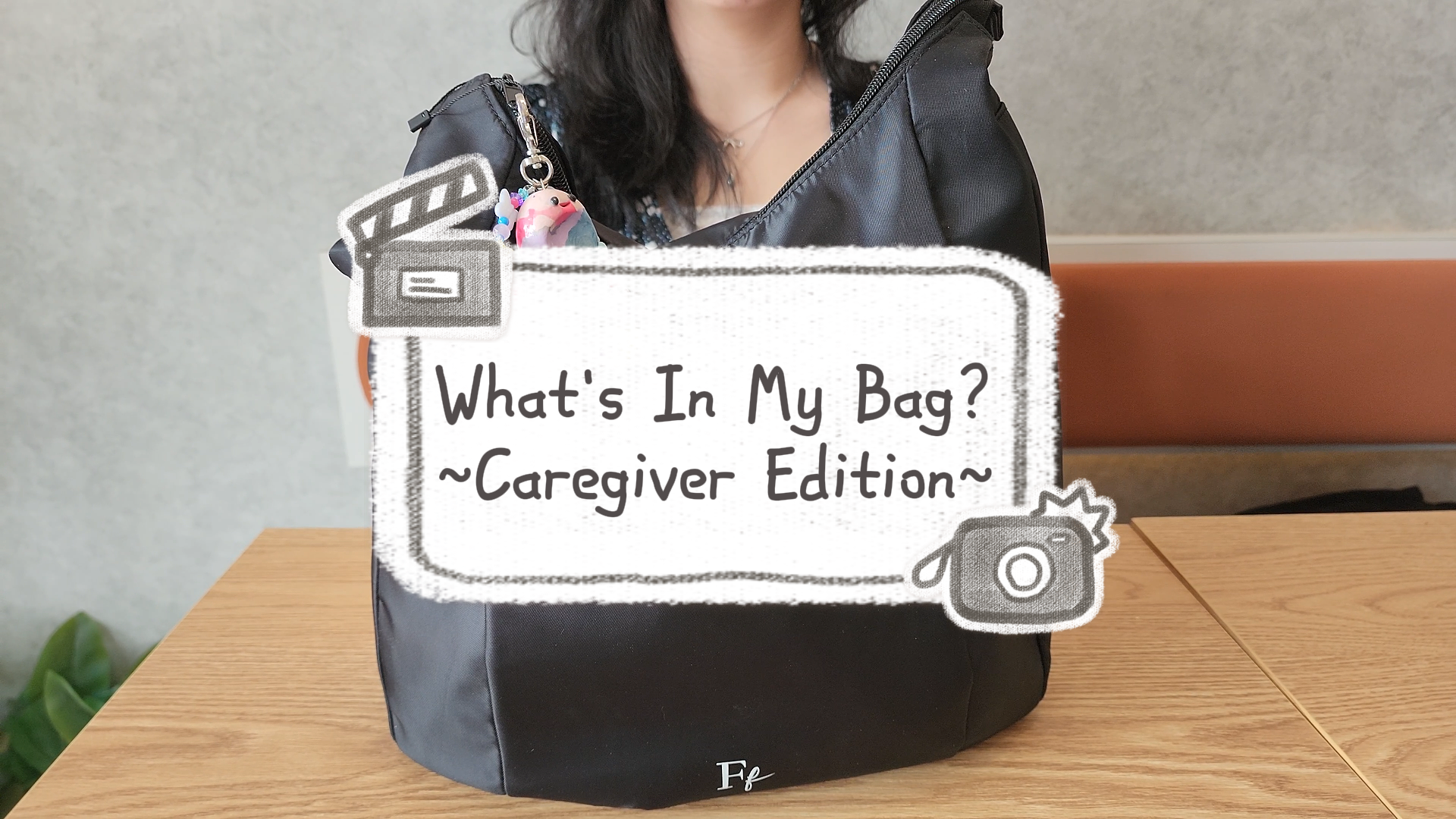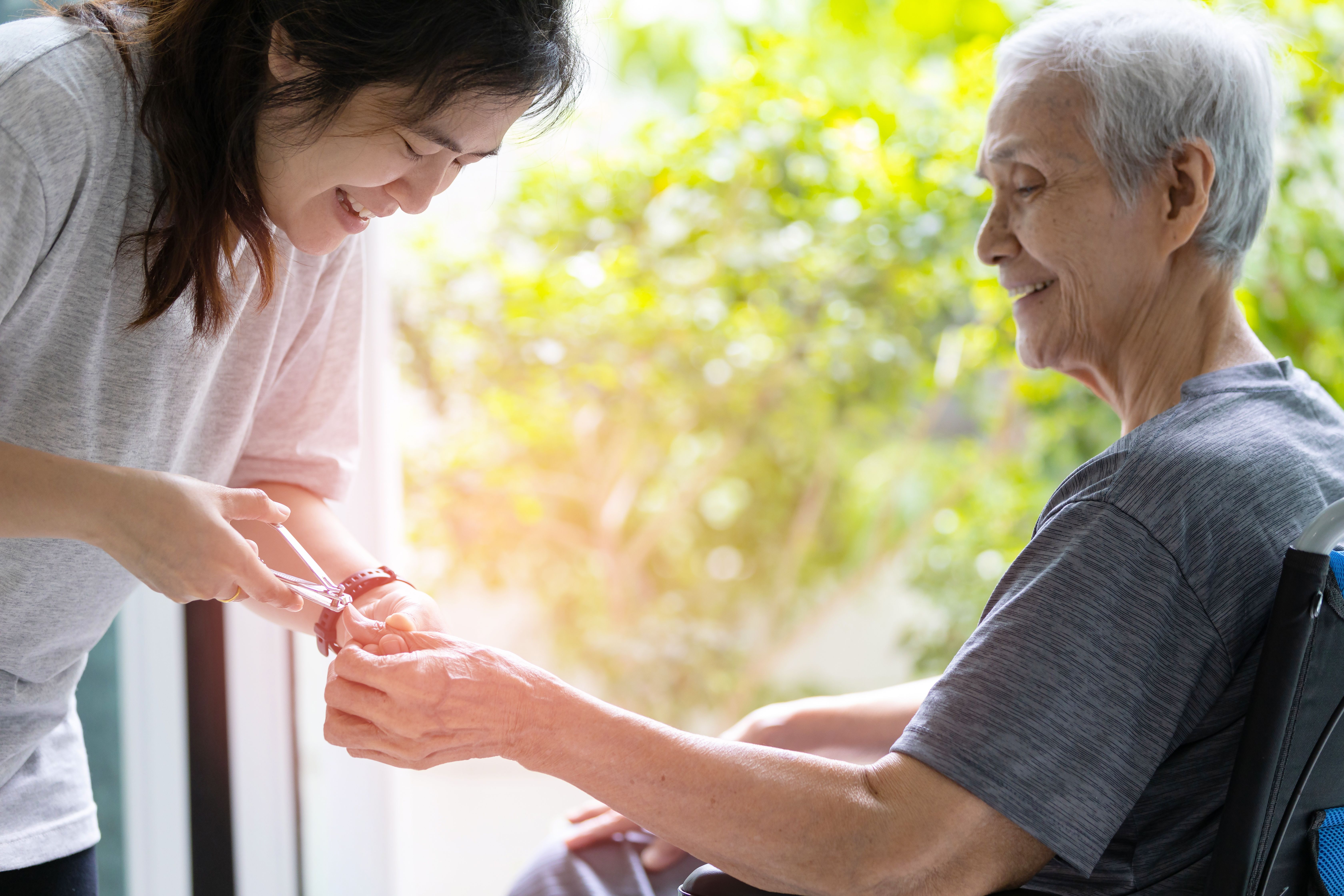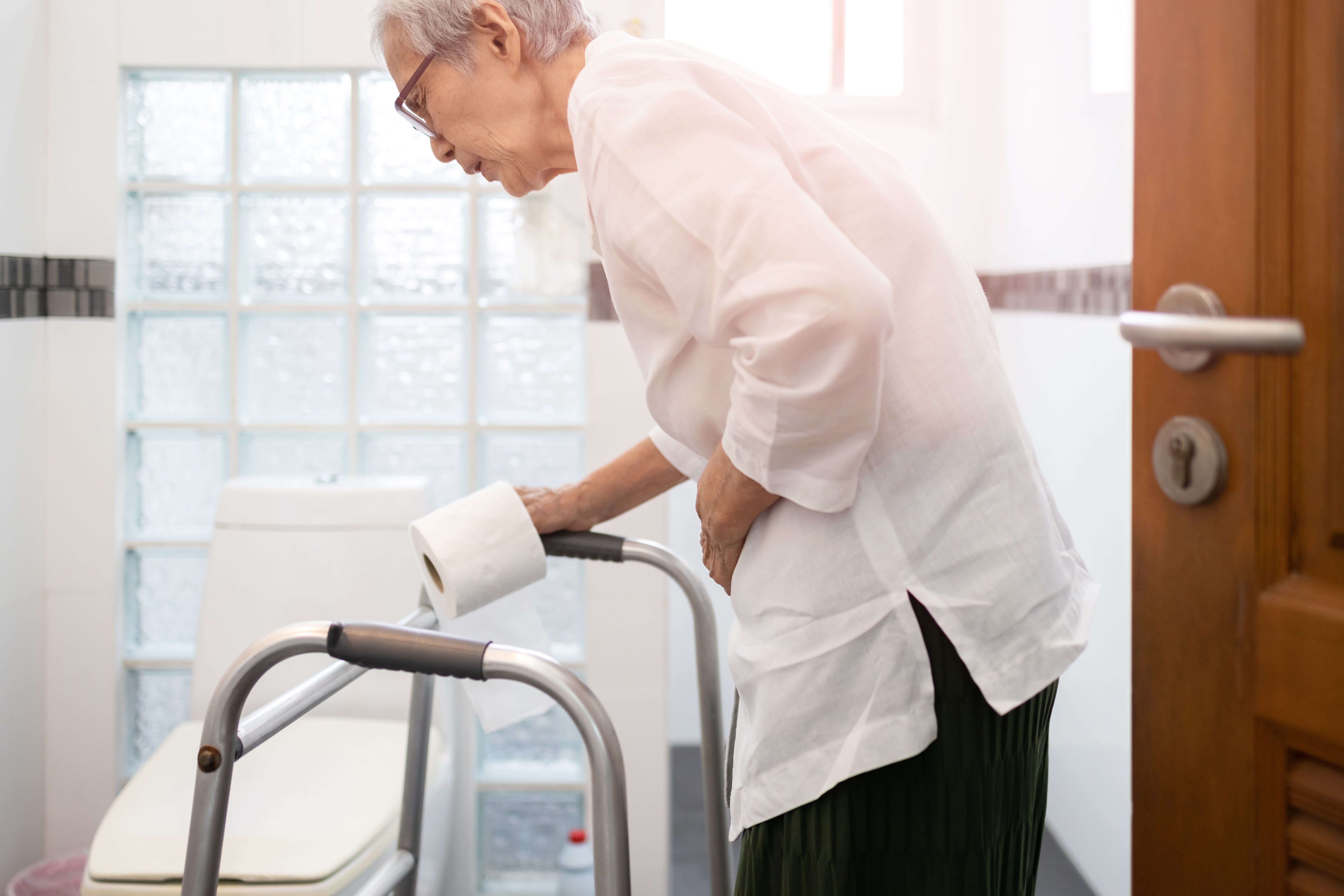Assisting a care receiver with excretion
- CareBuddy
- 4 Mins Read
- 21 Sep 2022
- Elderly Care
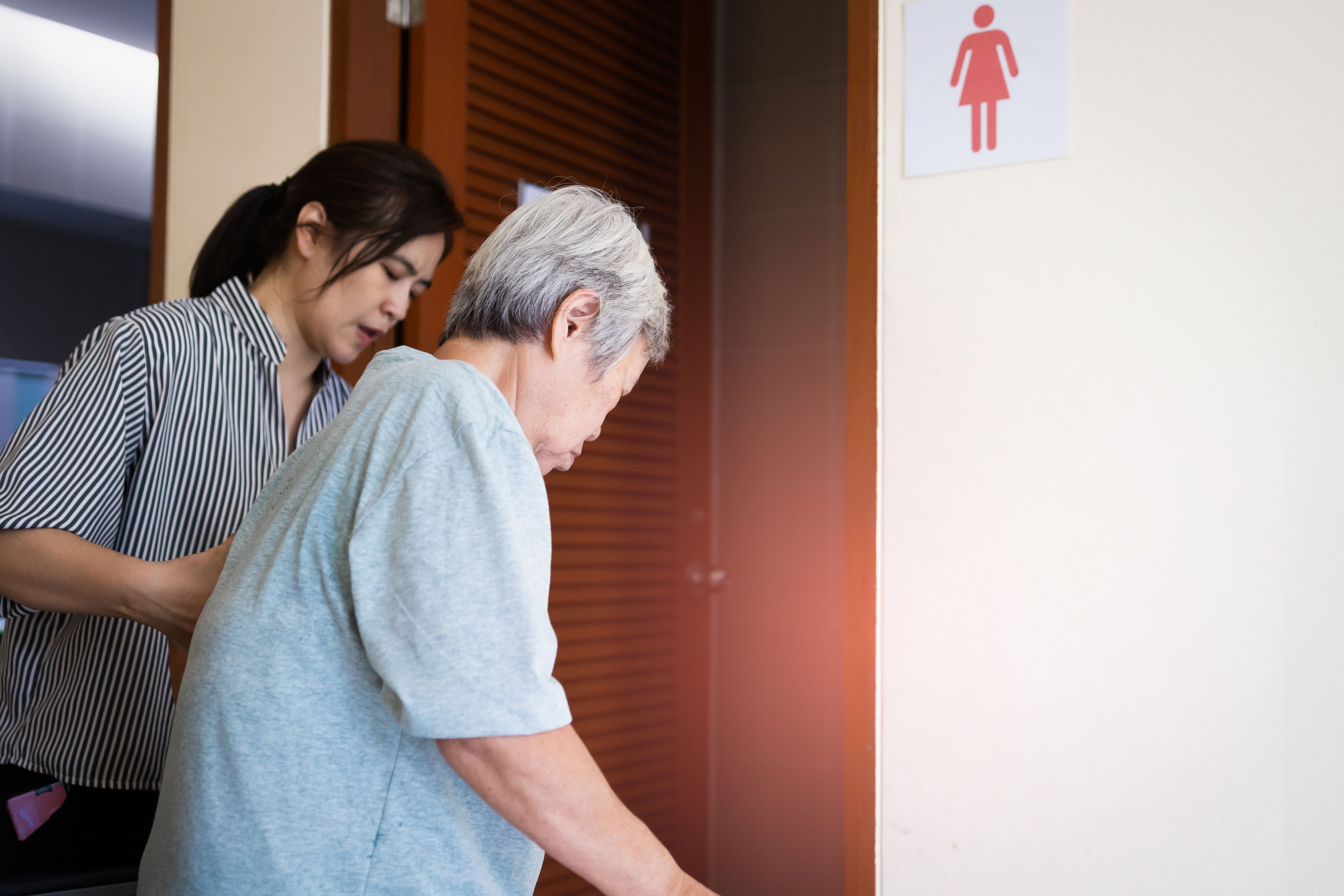
Caregiving often requires performing tasks you don’t enjoy. But you still need to perform them effectively so that the care receiver’s comfort, safety and dignity are preserved. Excretion is one of those tasks.
The assistance needed for urination differs from that needed for defecation. The care required by a more active care receiver is different from that required by a bedridden one. A male care receiver’s needs are also slightly different from those of a female care receiver. Let’s look at all of these in more detail.
Assisting with urination and defecation in toilet
- Help the care receiver get up from the bed and walk to the toilet, or wheel them if they are in a wheelchair.
- Assisting with urination: If the care receiver is male, position him properly in a standing posture so that he can urinate comfortably. If the care receiver is female, assist her in sitting on the toilet seat in a forward-bent posture.
- Assisting with defecation: For both male and female care receivers, help them sit stably and comfortably in a forward-bent posture.
- Afford privacy to the care receiver as they urinate or defecate.
- After care receiver finishes, ensure that they wash their pubic region and buttocks. After washing, make sure their skin dries.
- Assist care receiver with washing and drying of their hands.
- Assist care receiver with returning to their original resting place, e.g. bed.
Assisting with bedside urination and defecation of bedridden care receiver
Accessories such as urinals and bedpans are necessary for defecation if a care receiver is bedridden, i.e. unable to get out of their bed even for a short period.
Assisting male care receiver’s urination with urinal
- Prepare to move the care receiver into the appropriate position on the bed. Place a bath towel under them for privacy reasons.
- Pass the urinal to the care receiver so that they can urinate in it.
- Once the care receiver is done, give them a hand towel for handwashing.
Assisting female care receiver’s urination and both male and female care receivers’ defecation with bedpan
- Tilt the care receiver’s body sideways to make space to place the bedpan under them.
- Place the bedpan under their anus.
- Return the care receiver’s body to the supine position (lying on their back) so that they can urinate or defecate into the bedpan. If a female care receiver is urinating, use folded toilet paper to guide the urine into the bedpan and prevent spillage.
- Once the care receiver is done, give them a hand towel for handwashing.
Changing diapers
- Inform the care receiver that you are about to change their diaper. Ensure their privacy throughout the next few steps.
- Check on the care receiver’s general condition.
- Prepare a new diaper, sanitary wet wipes, barrier cream and disposal bag.
- Wear disposable gloves.
- Raise the bed to a comfortable height, usually slightly lower than your hips.
- With the care receiver resting on their back, unfasten the adhesive tapes of the diaper.
- Fold the diaper front flap inward so that the wetness is inside.
- Tuck in the folded front flap between the care receiver’s thighs.
- Fold the side of the diaper farthest from you and tuck it under the care receiver’s hip.
- Clean the perineal area (between the thighs), groin and buttocks using pre-moistened wipes. Clean the perineal area by swabbing one direction from front to back. Avoid pressing or rubbing the skin too hard.
- Roll the care receiver onto the side away from you to clean the buttocks thoroughly and gently pull out the soiled diaper from under them. Roll the soiled diaper inward as you remove it to contain any mess.
- Clean the buttocks and place the fresh new diaper under them.
- Adjust the diaper to make sure it fits both sides.
- Apply moisturiser or cream based on your observation of the care receiver’s skin condition. E.g. If dry skin, apply moisturiser. If rashes, apply rash cream.
- Roll the care receiver back towards you onto the diaper and then pull out the rolled-up side of the diaper. Remove any wrinkles and fasten the diaper.
Perineal care
The perineal area is the area between the thighs. As this is a sensitive and private area, cleaning it requires the care receiver’s consent and complete privacy.
Cleaning male perineal area:
- Gently retract foreskin of uncircumcised males.
- Grasp the penis.
- Clean penile head in spiral direction. Start at the opening and work downward. Repeat as necessary.
- Return foreskin to original position.
- Clean downwards towards scrotum.
- Clean scrotum by stroking downwards followed by circular motion.
Cleaning female perineal area:
- Gently separate labia (See below pic) to expose the vagina.
- Clean downward from front to back with one smooth stroke.
- Clean and inspect the labia minora.
- Using a fresh wipe, clean the labia majora using one single stroke from top down and inspect it.
- Clean both sides of the groin.
- Help the care receiver lower her legs and turn onto her side away from you.
- Clean the rectal area. Clean from perineum to anus with one long, firm stroke to avoid transfer of bacteria from anus to vagina which can cause urinary tract infection.
Conditions related to excretion
If you observe that the care receiver could be experiencing any of the following medical conditions, consult a doctor.
Incontinence: Involuntary excretion of urine or stool because of stress (stress incontinence), lack of control (urge incontinence), the bladder contracting automatically (reflex incontinence) or urine leaking from the bladder (overflow incontinence).
Constipation: Defecation becomes less frequent (fewer than 3 bowel movements per week), difficult, painful, and with incomplete evacuation.
Diarrhea: Excessive fluid in stool (almost 90% of the stool is fluid, compared to 70% fluid in normal stool). Often accompanied by fever and vomiting.
Urinary Tract Infection: An infection of any part of the urinary system – kidneys, ureters, bladder and urethra. Women are particularly prone to it, with a common cause being bacteria from the anus being wiped into the urethral opening (the opening of the vagina). This is why wipes should always be done from the urethral opening towards the anus.
Article reviewed by David Tay, Senior Principal Educator (Nursing and Prehospital Care), HMI Institute.

